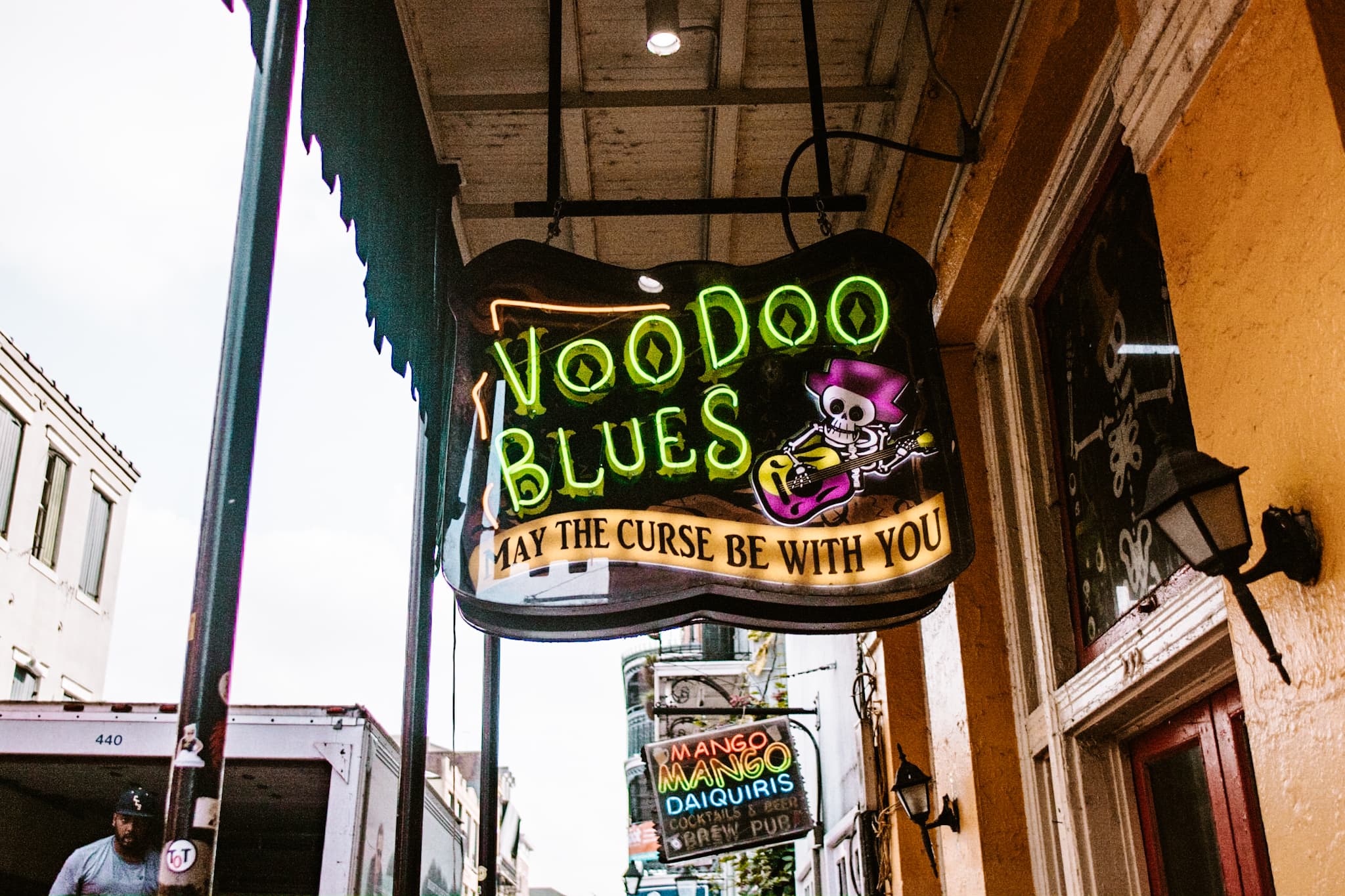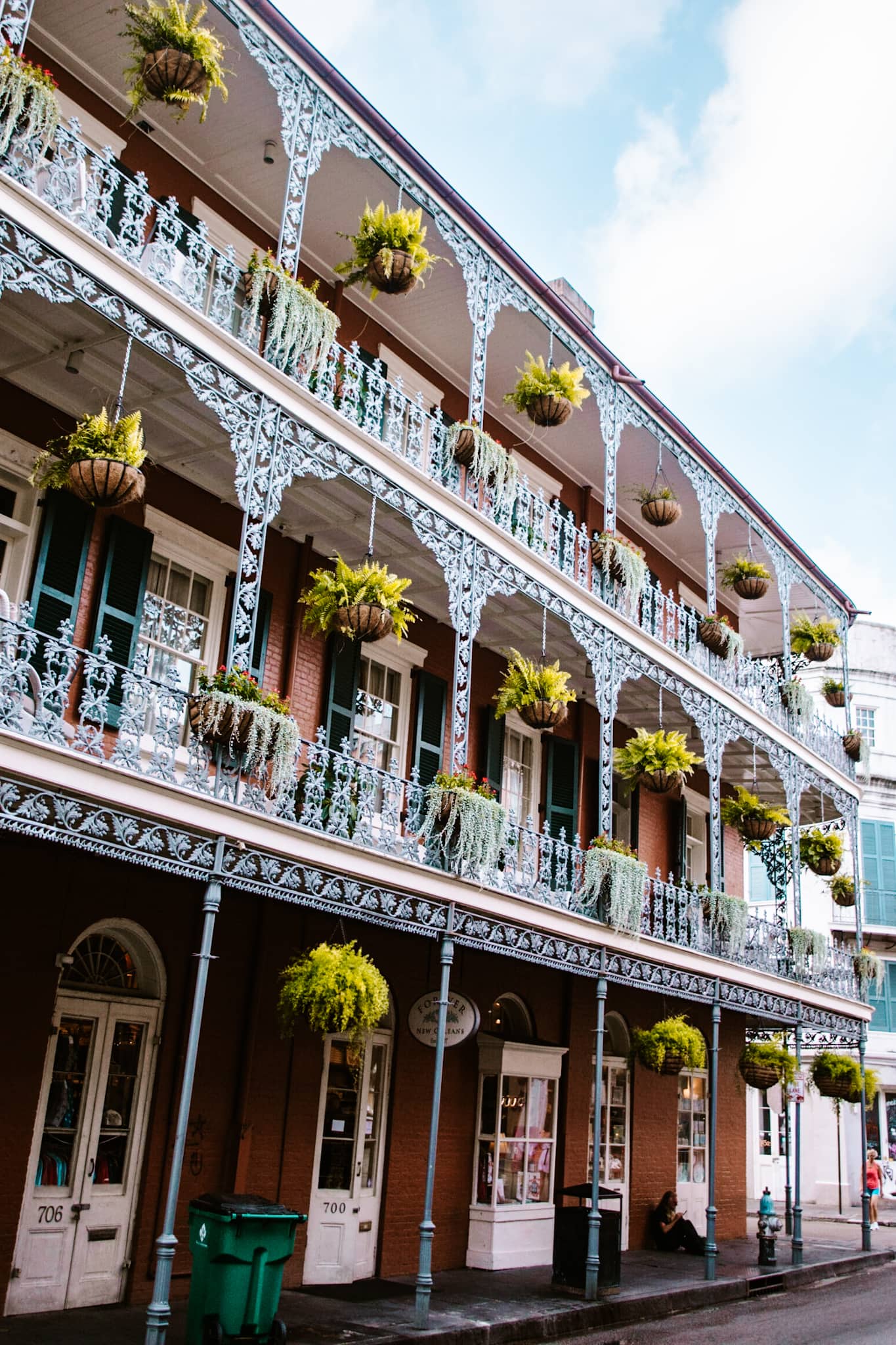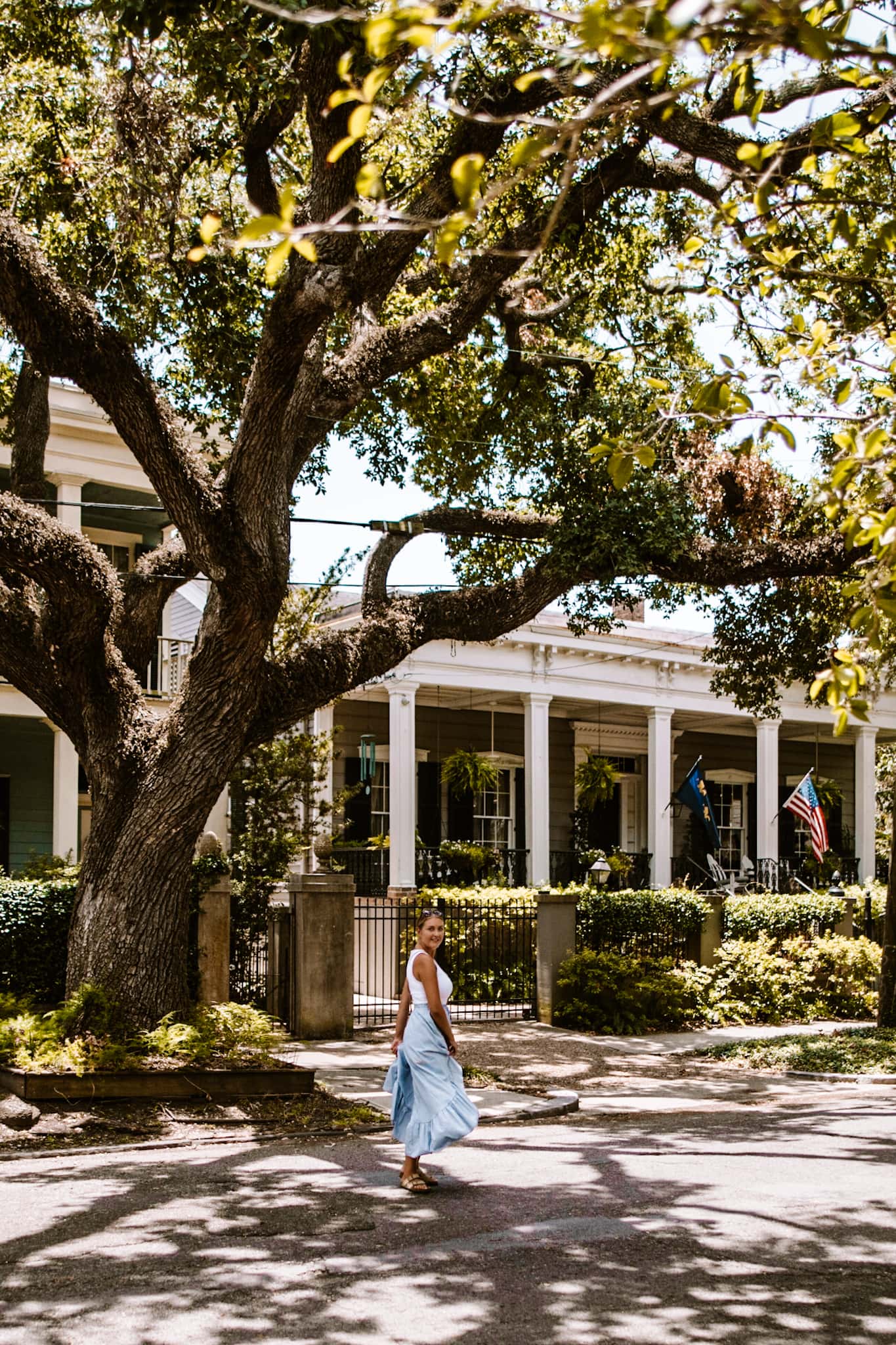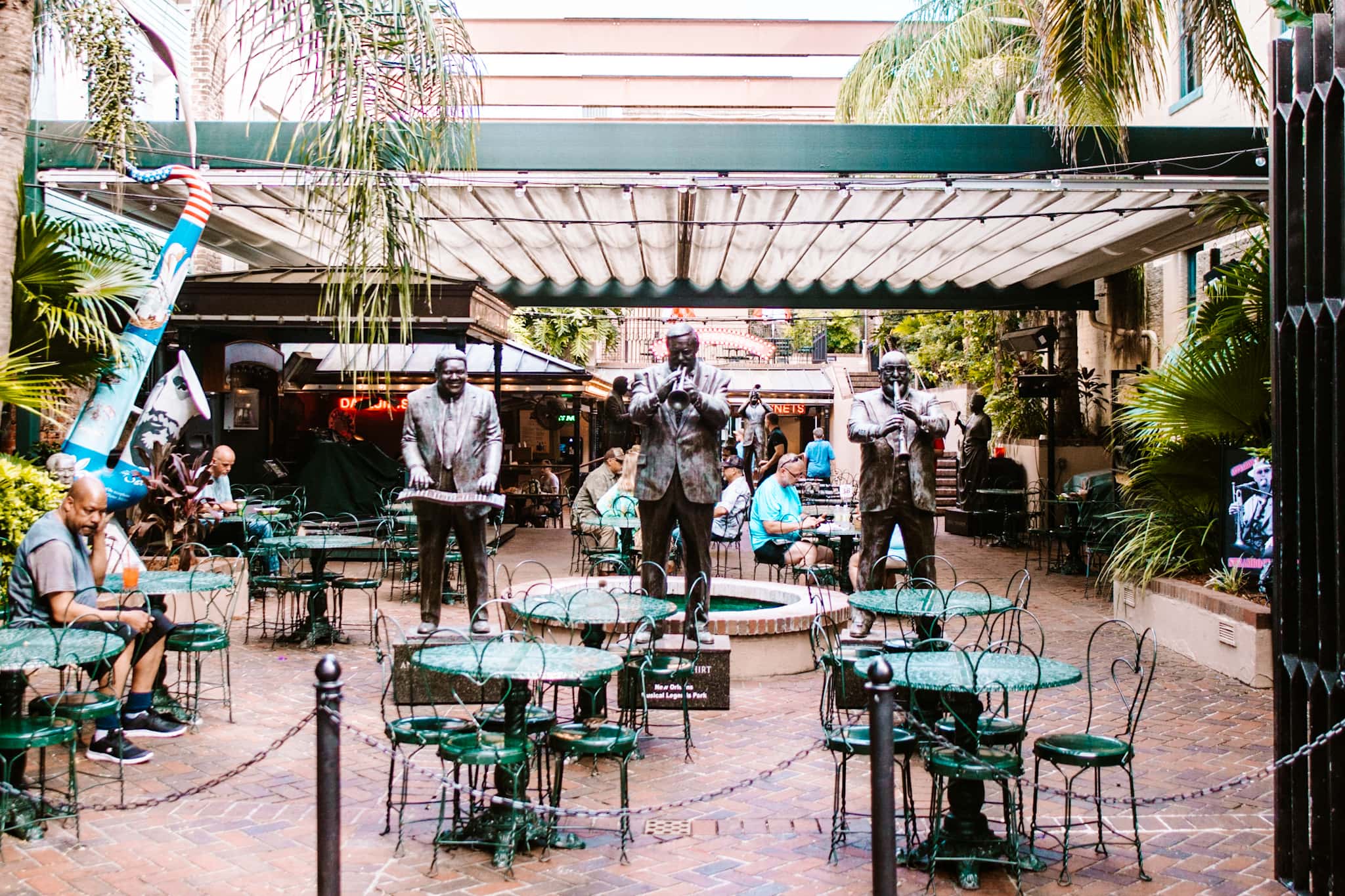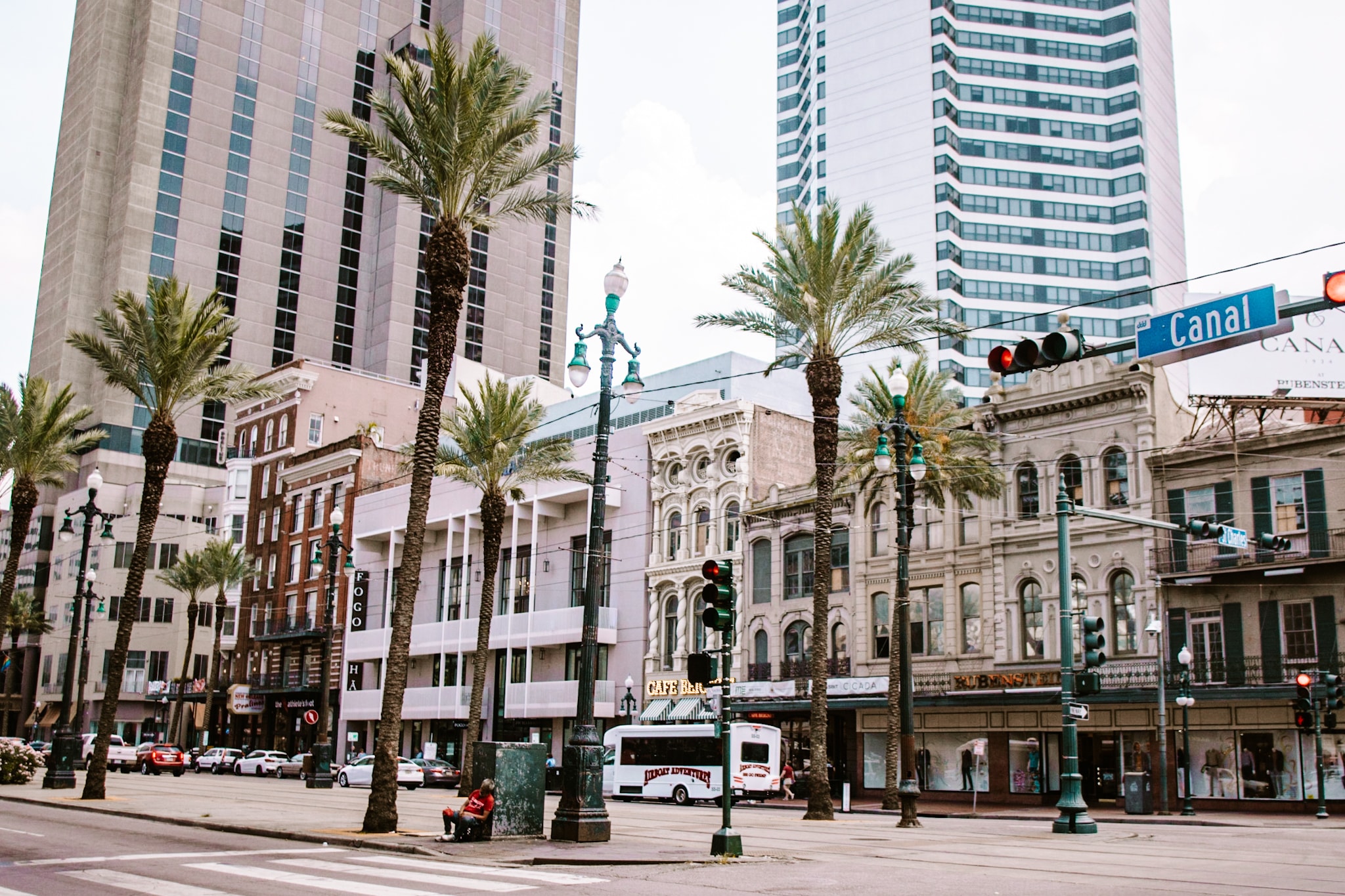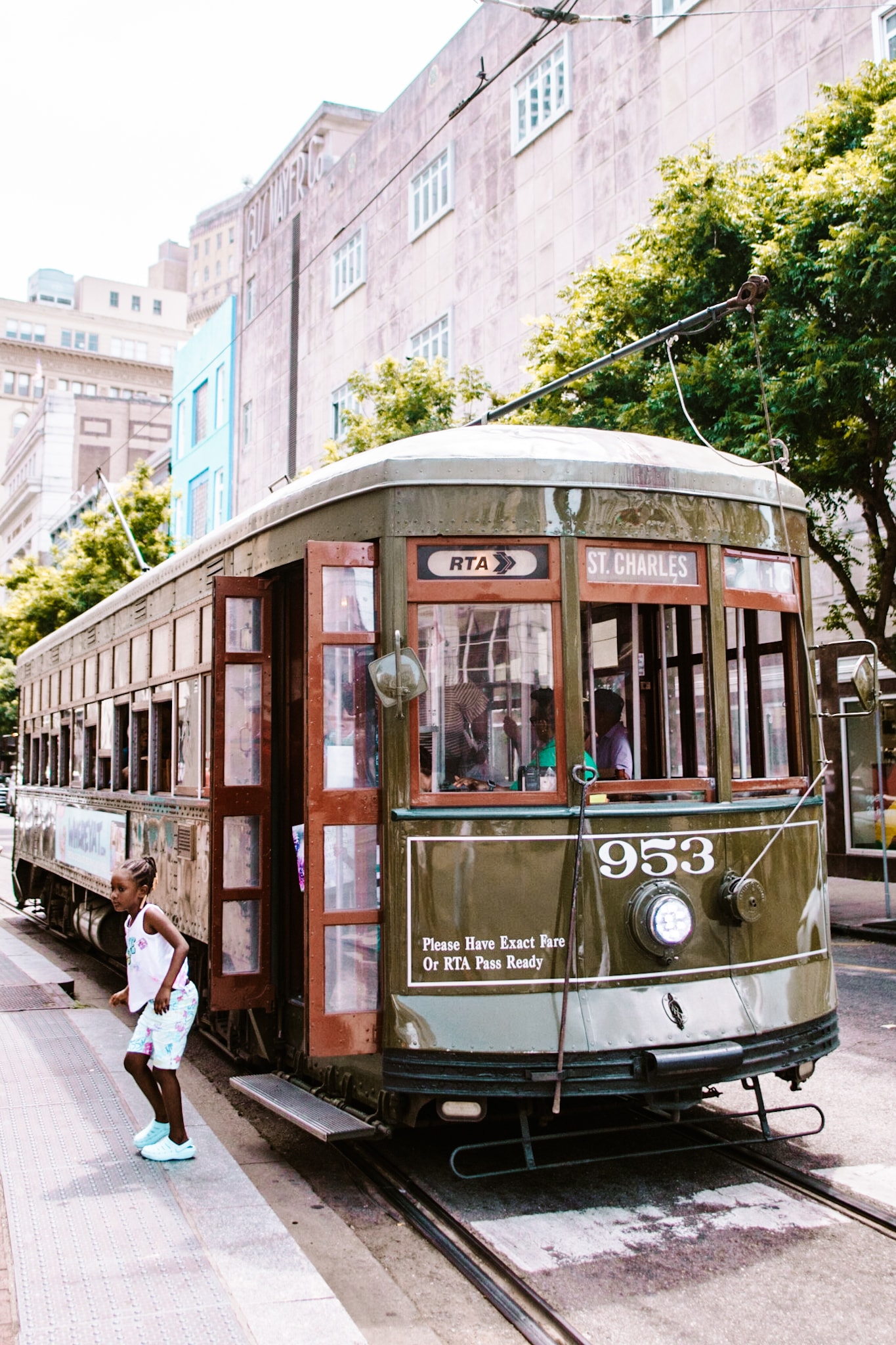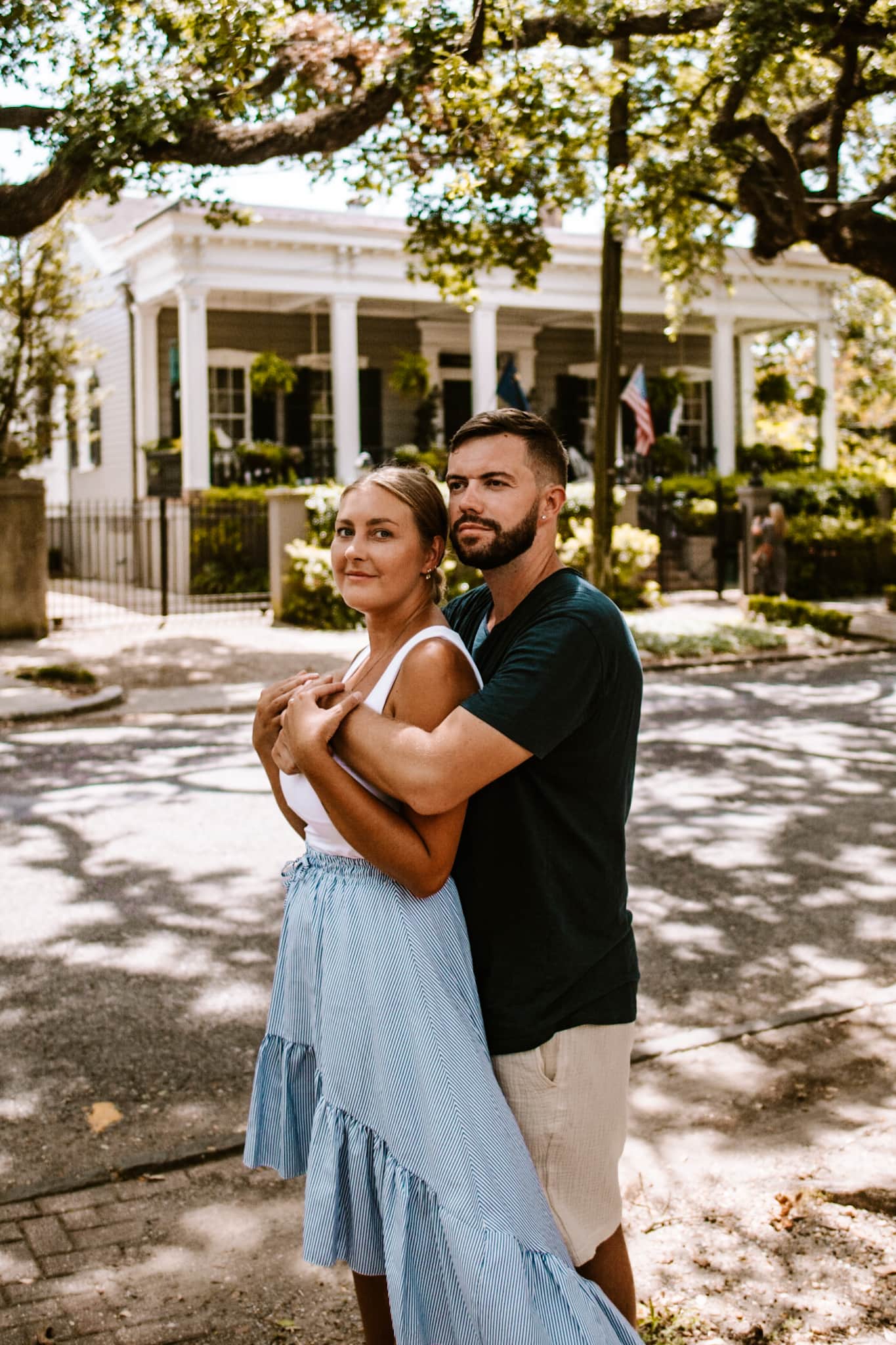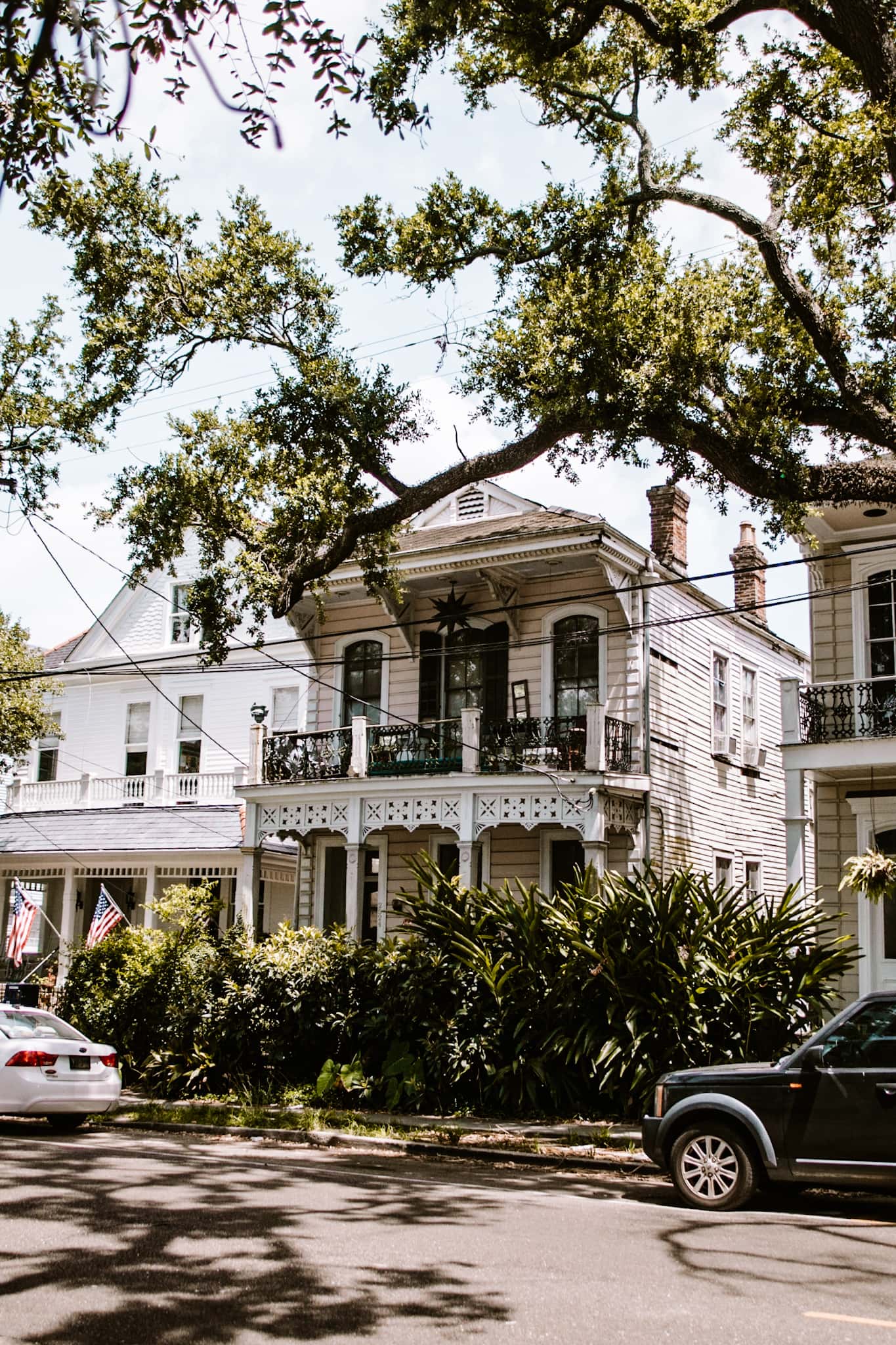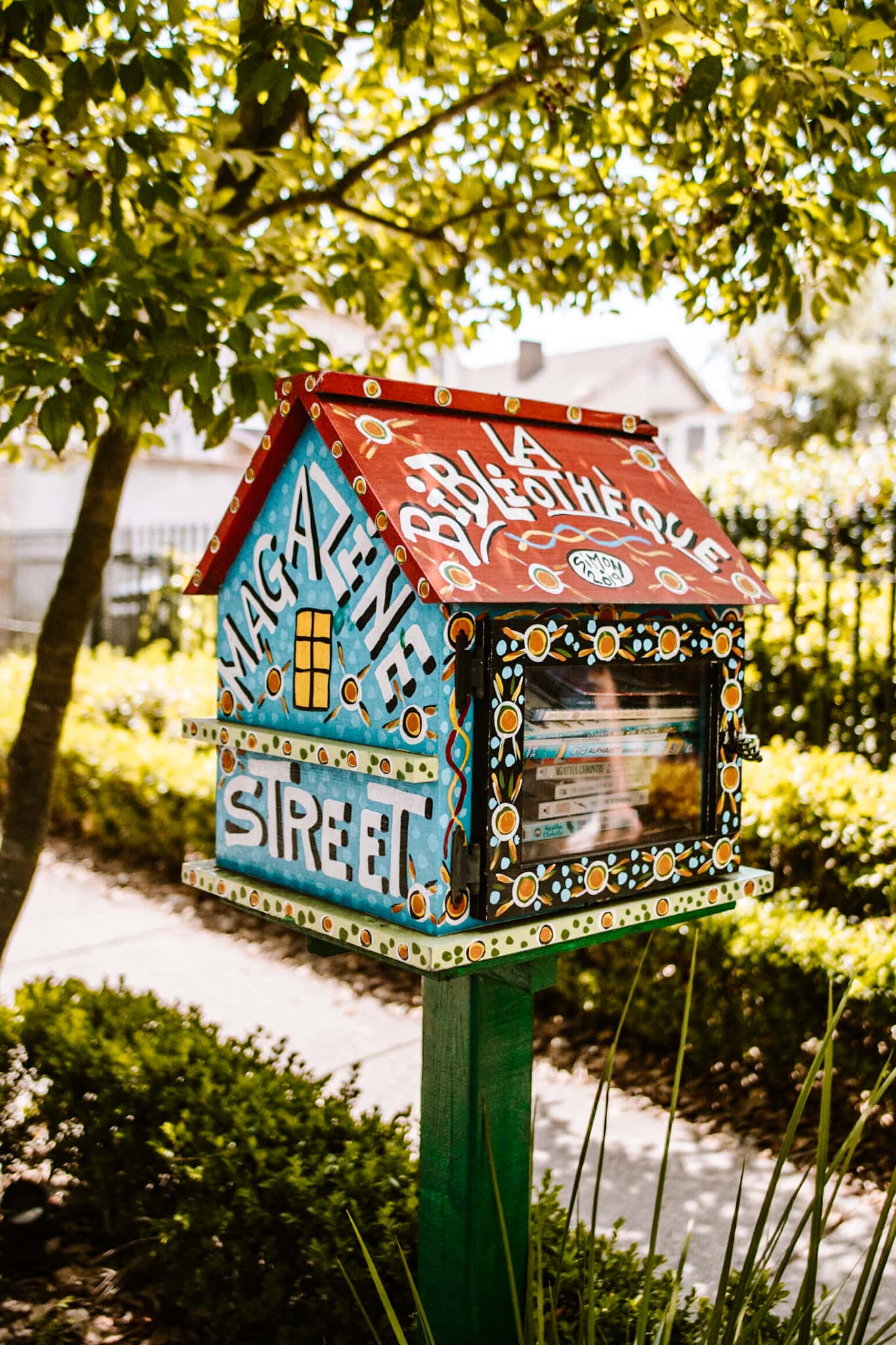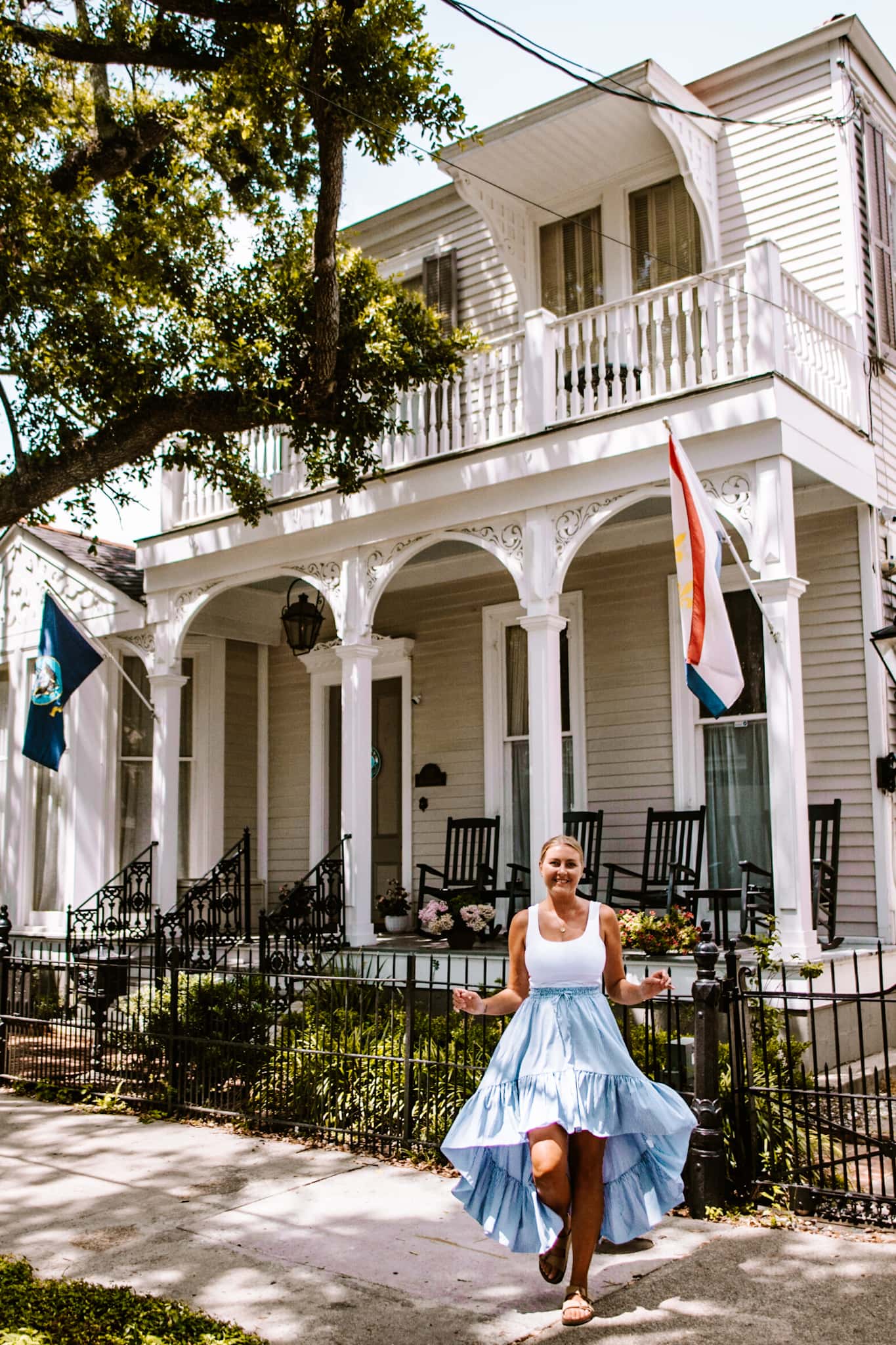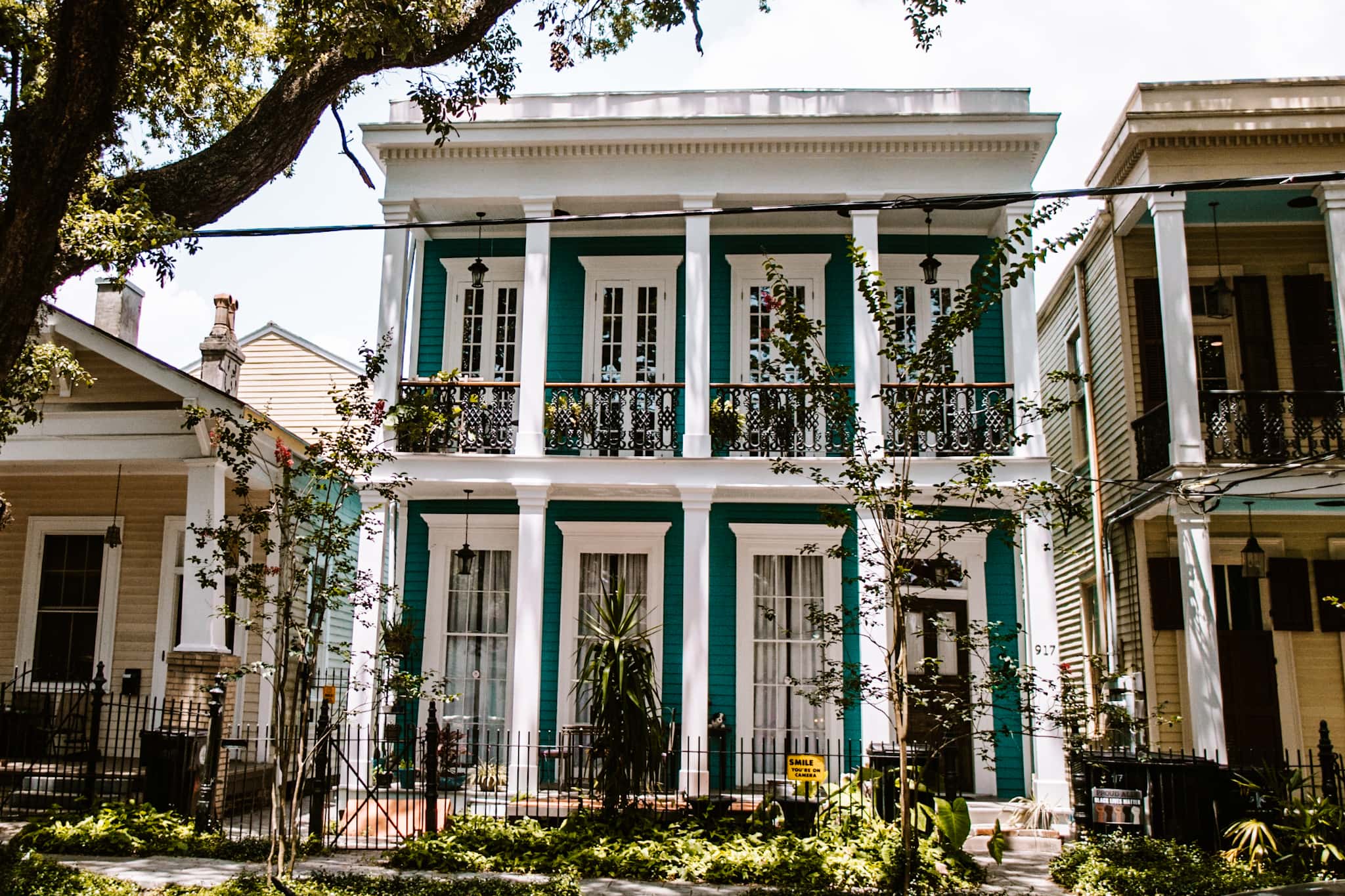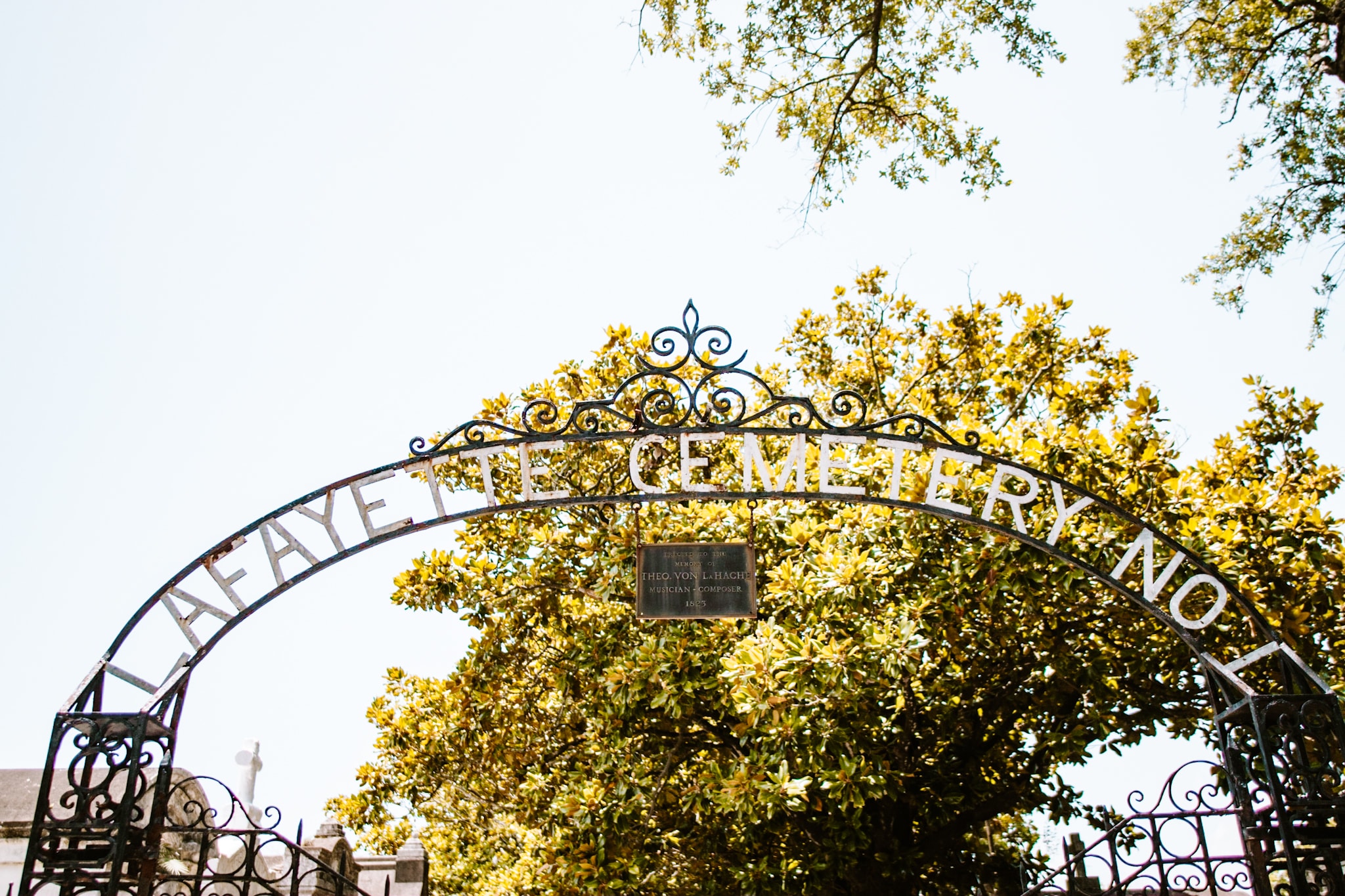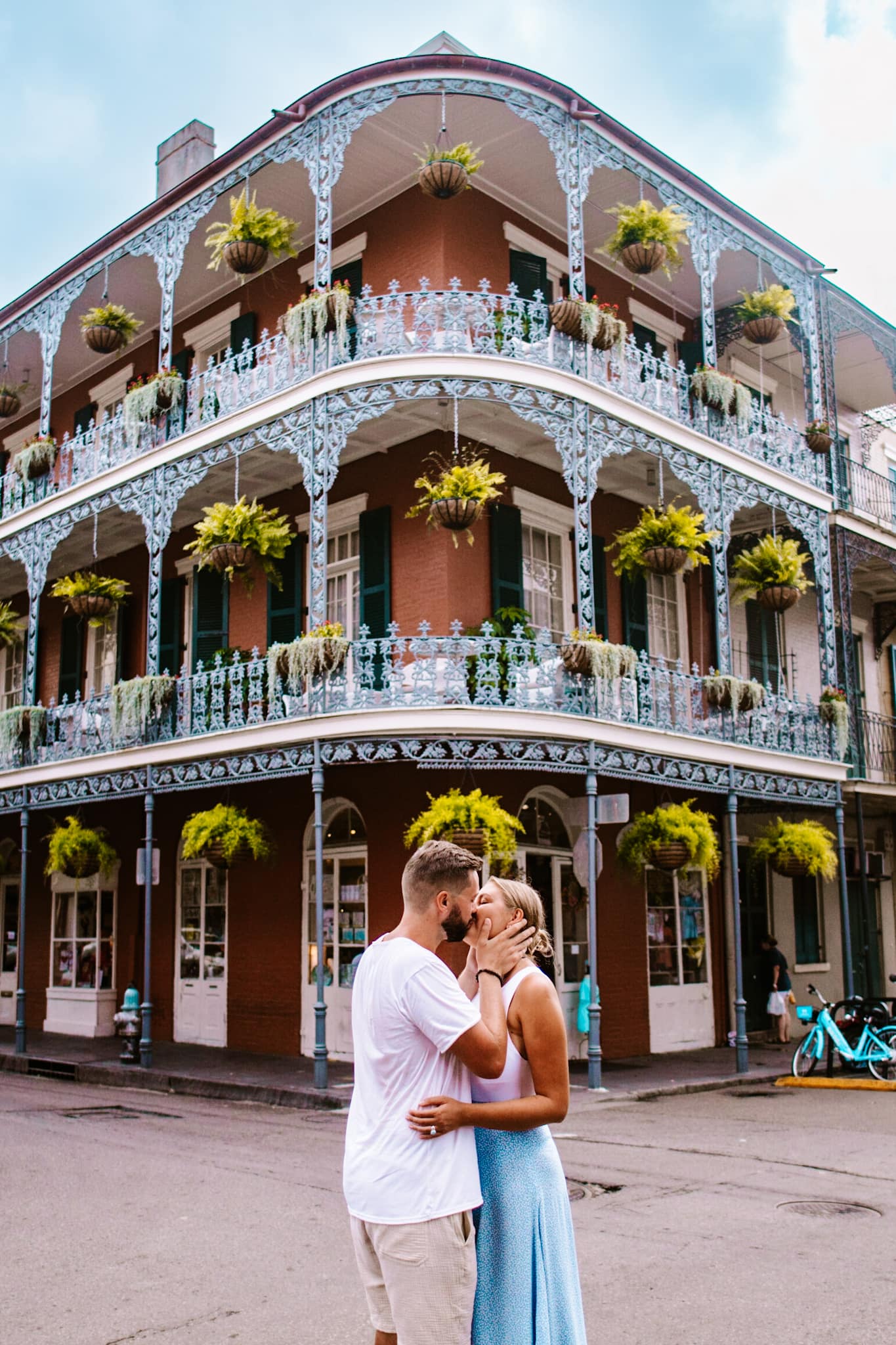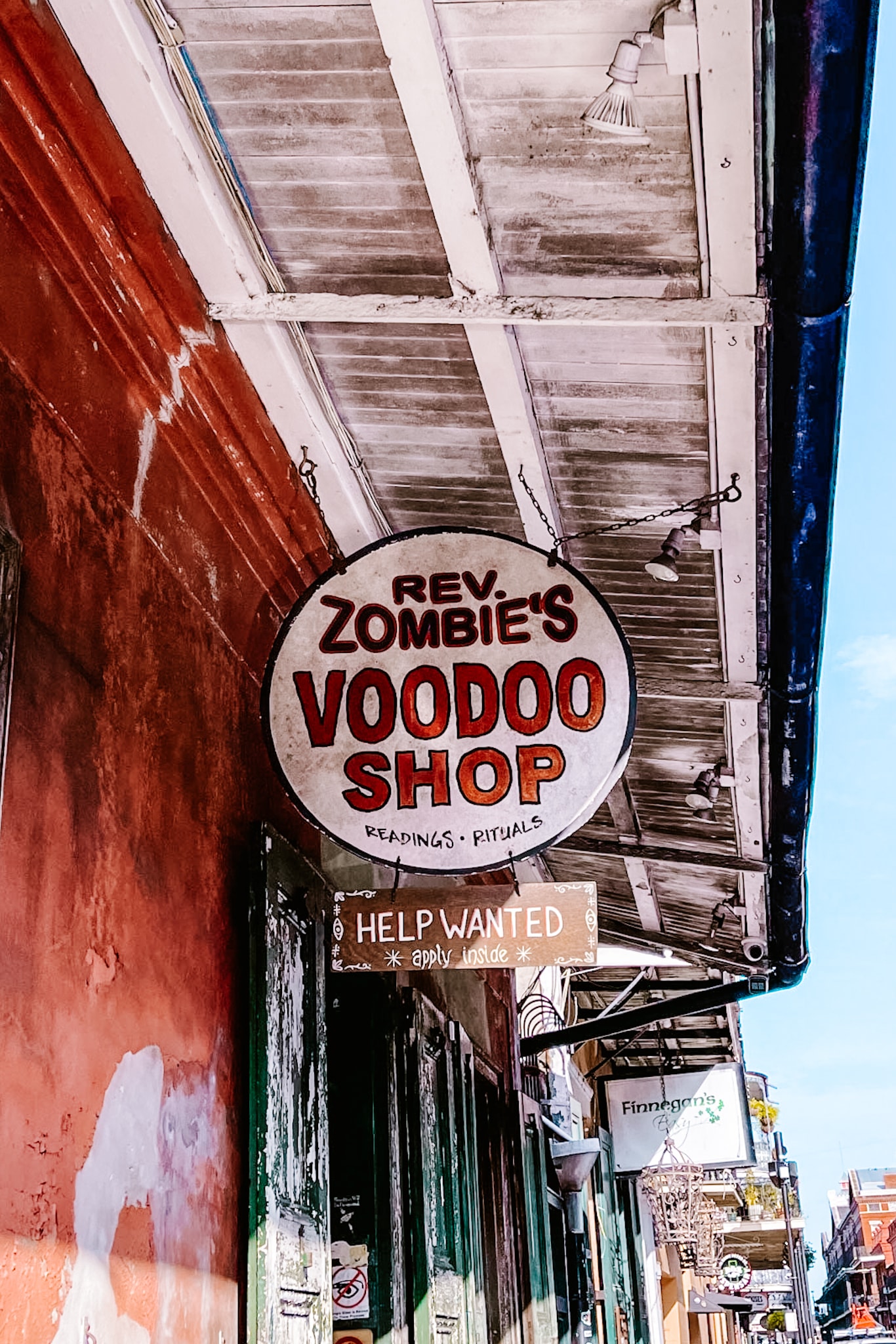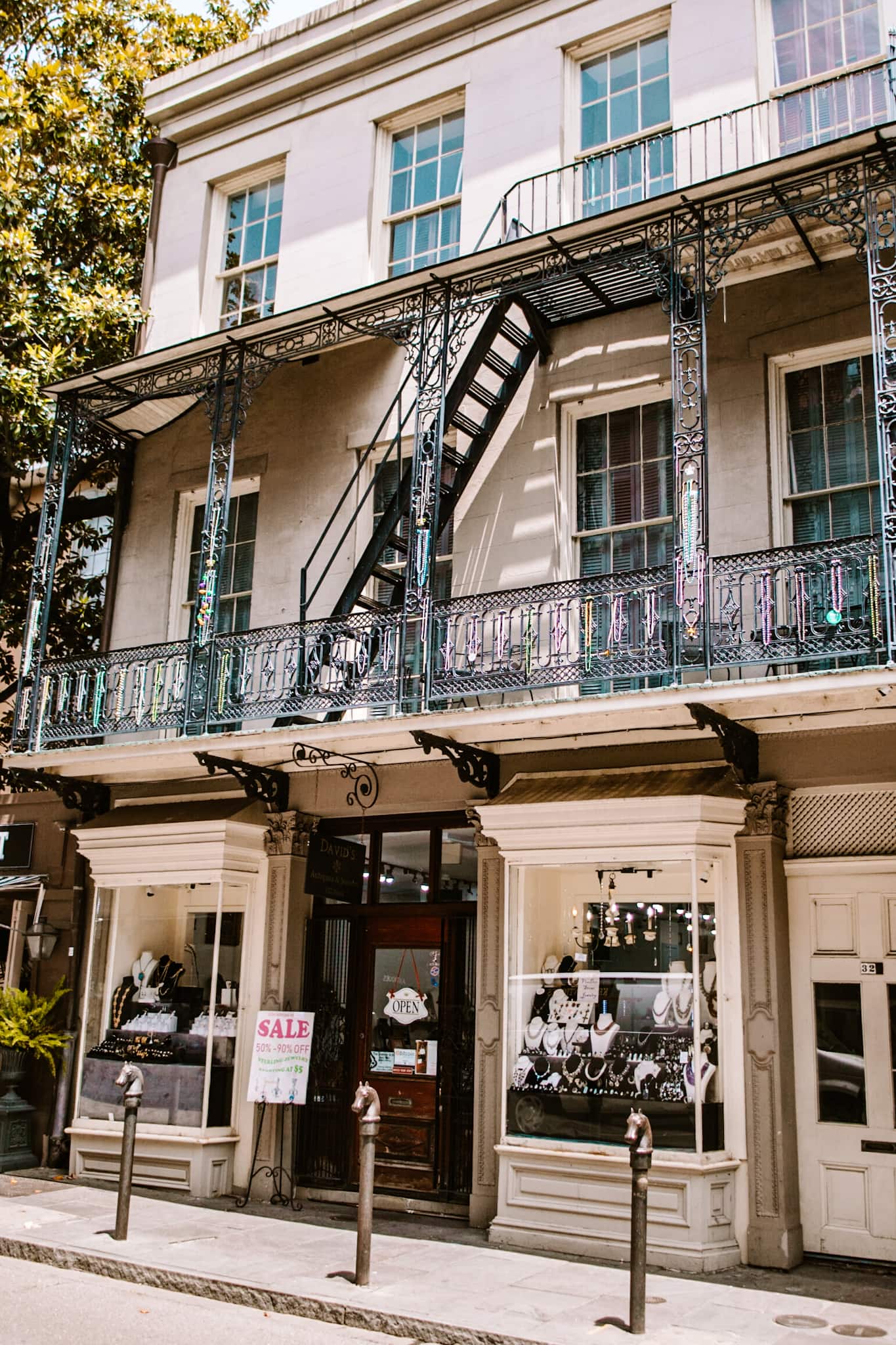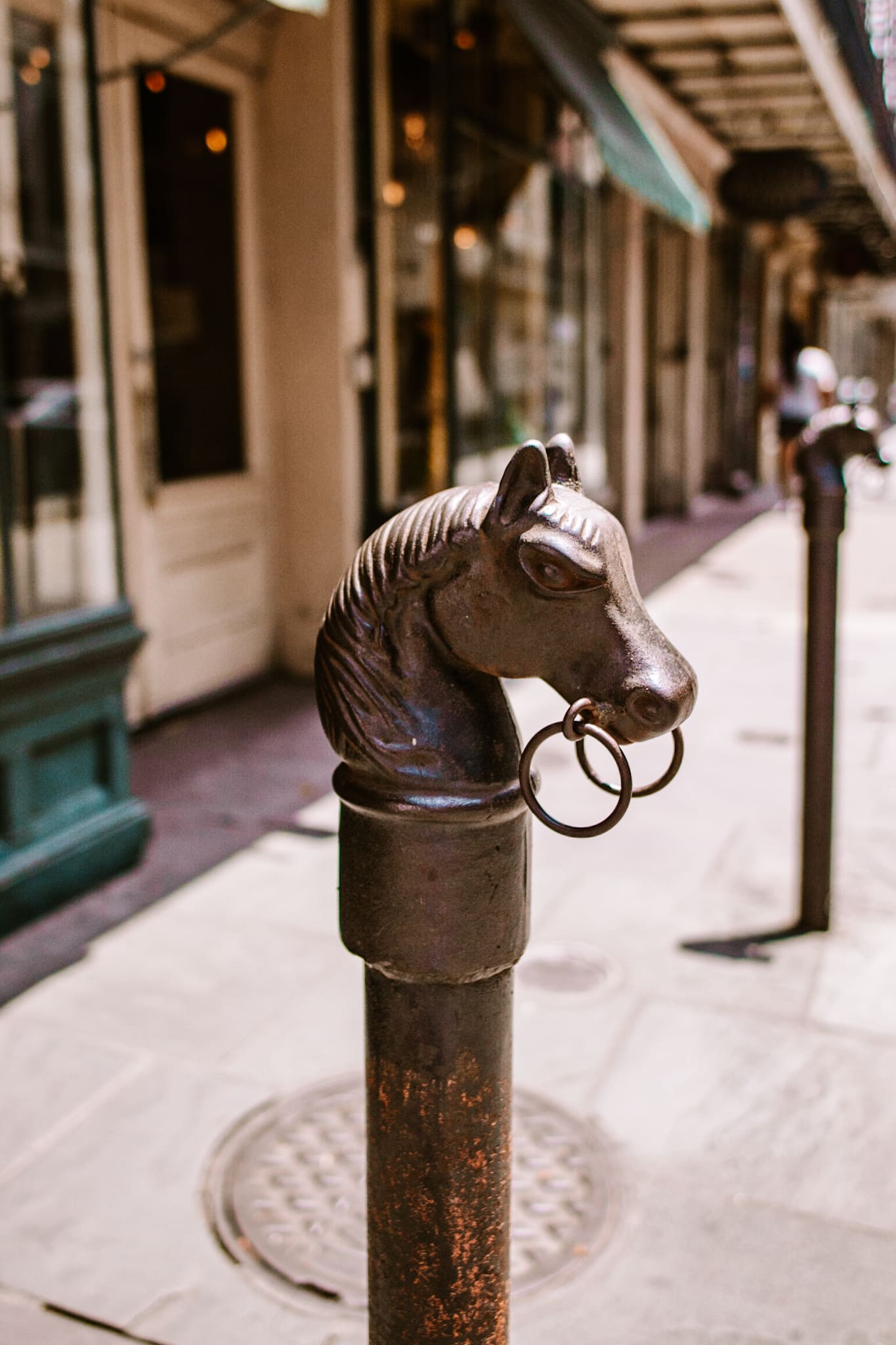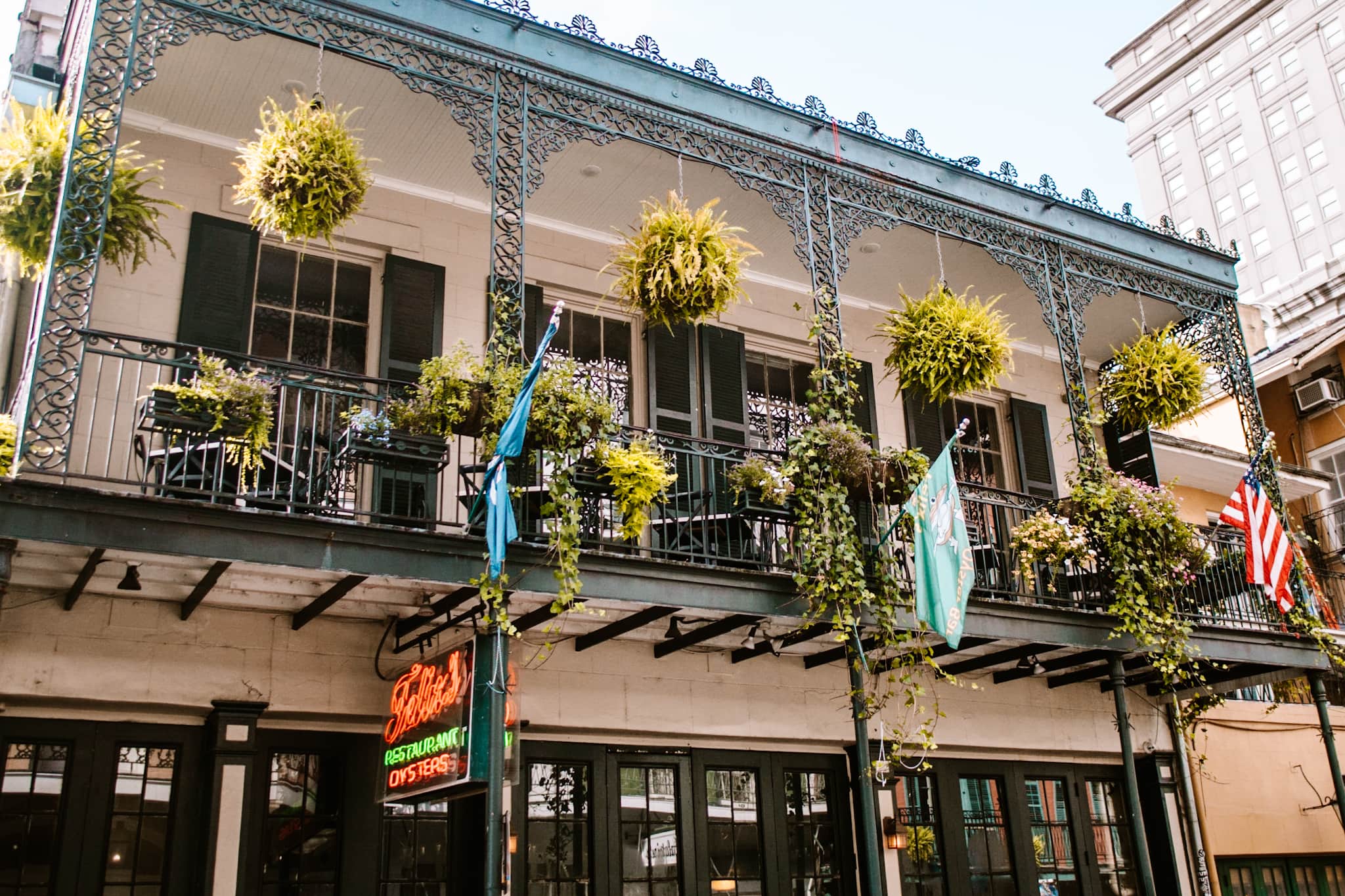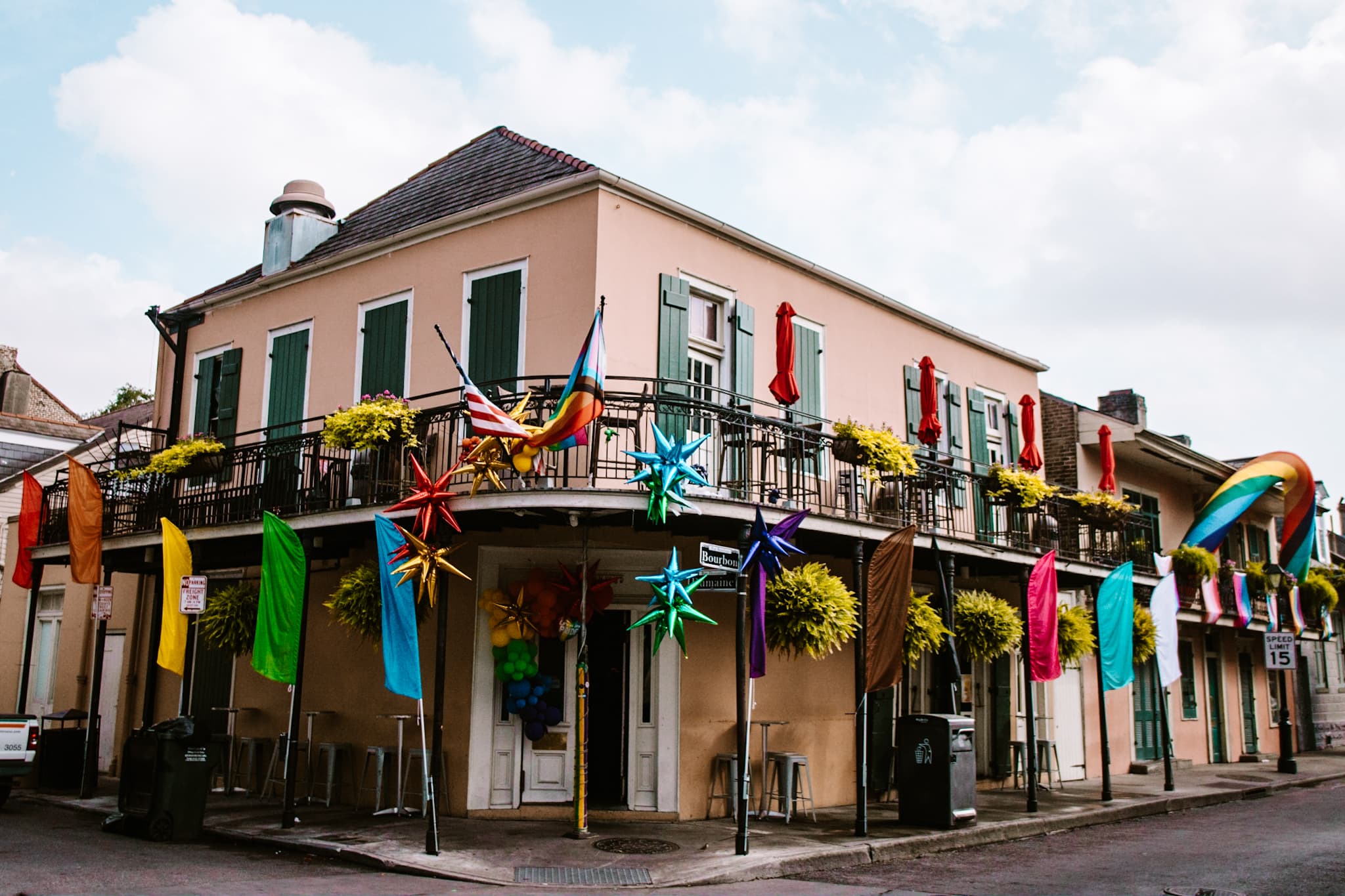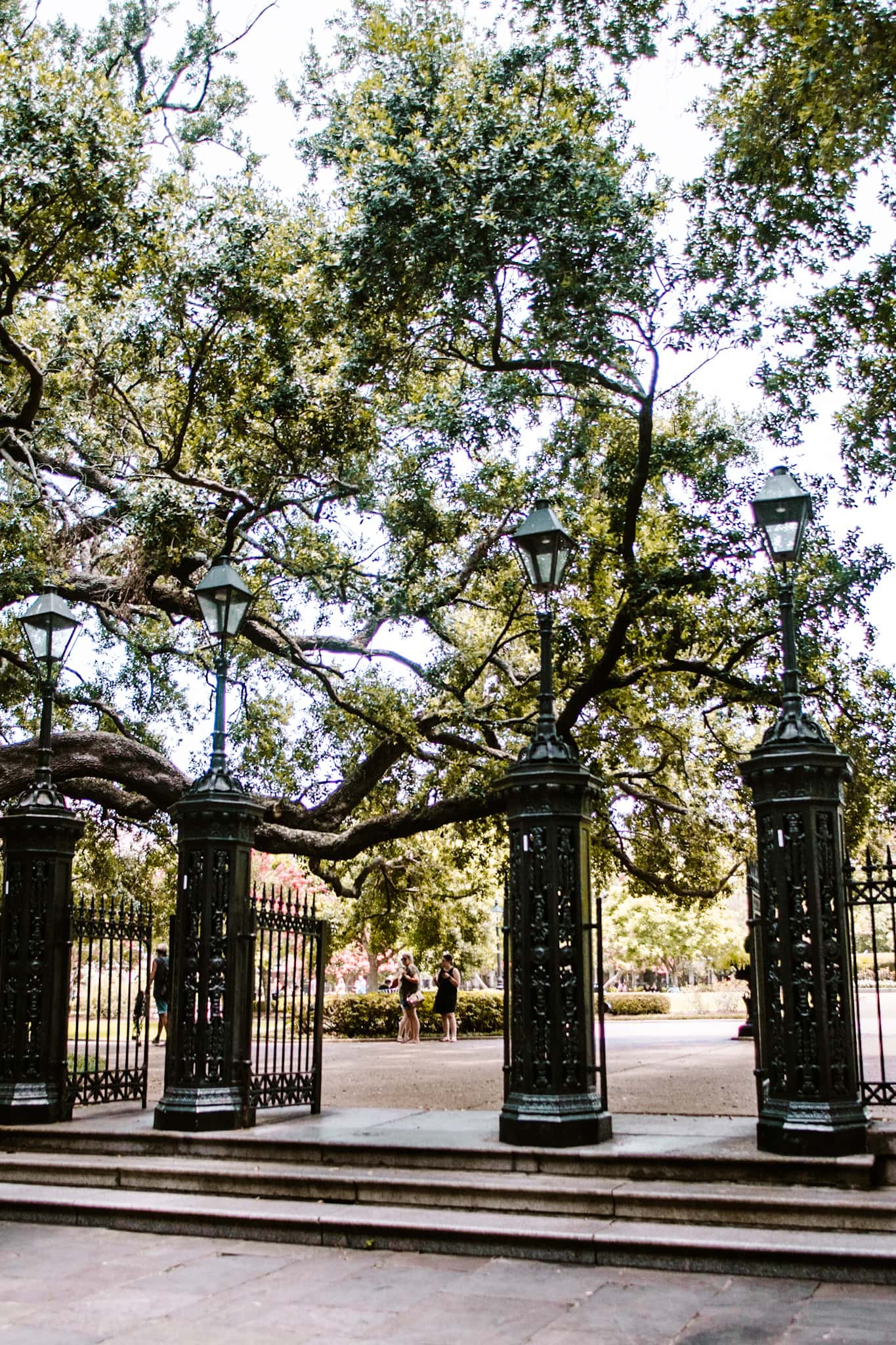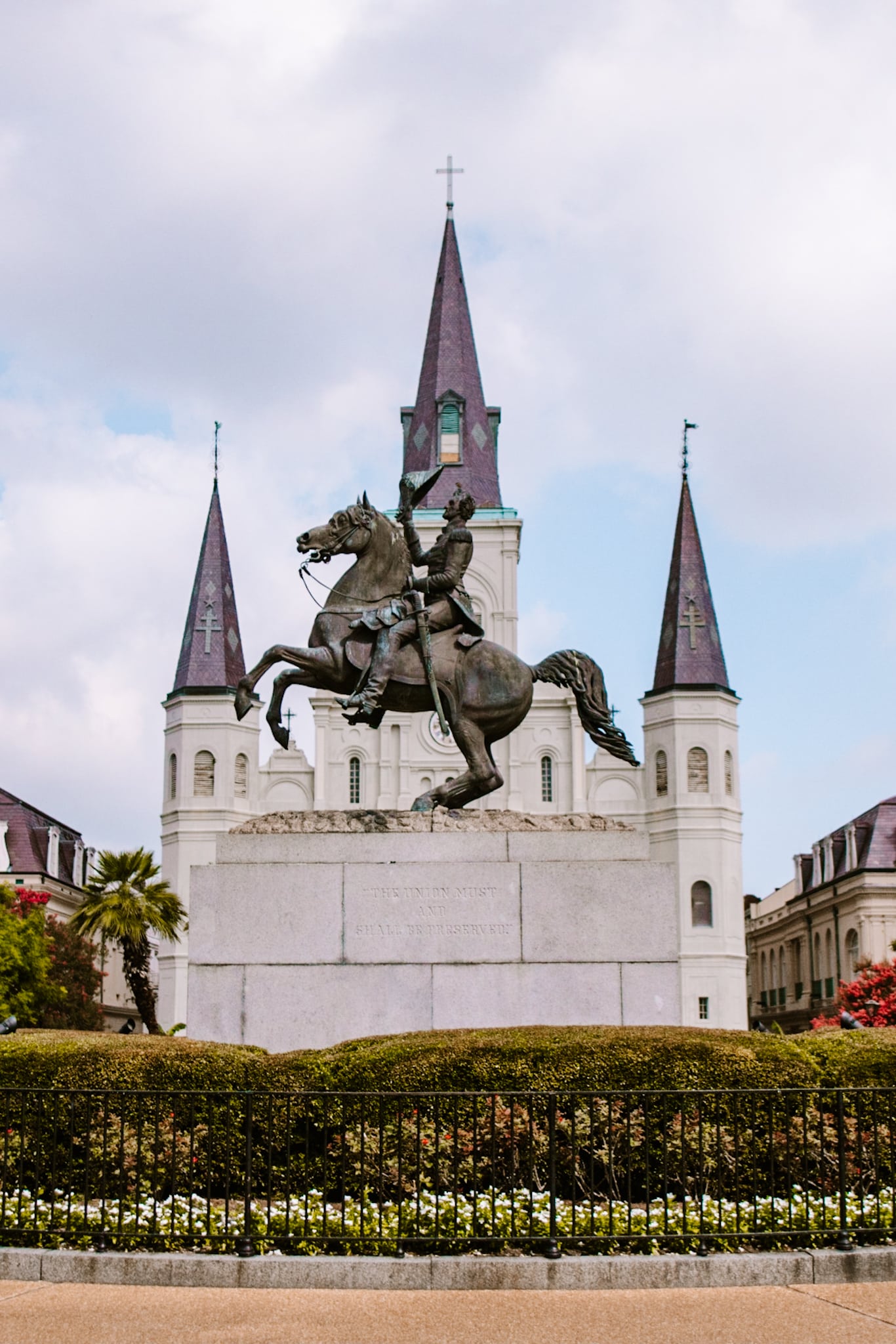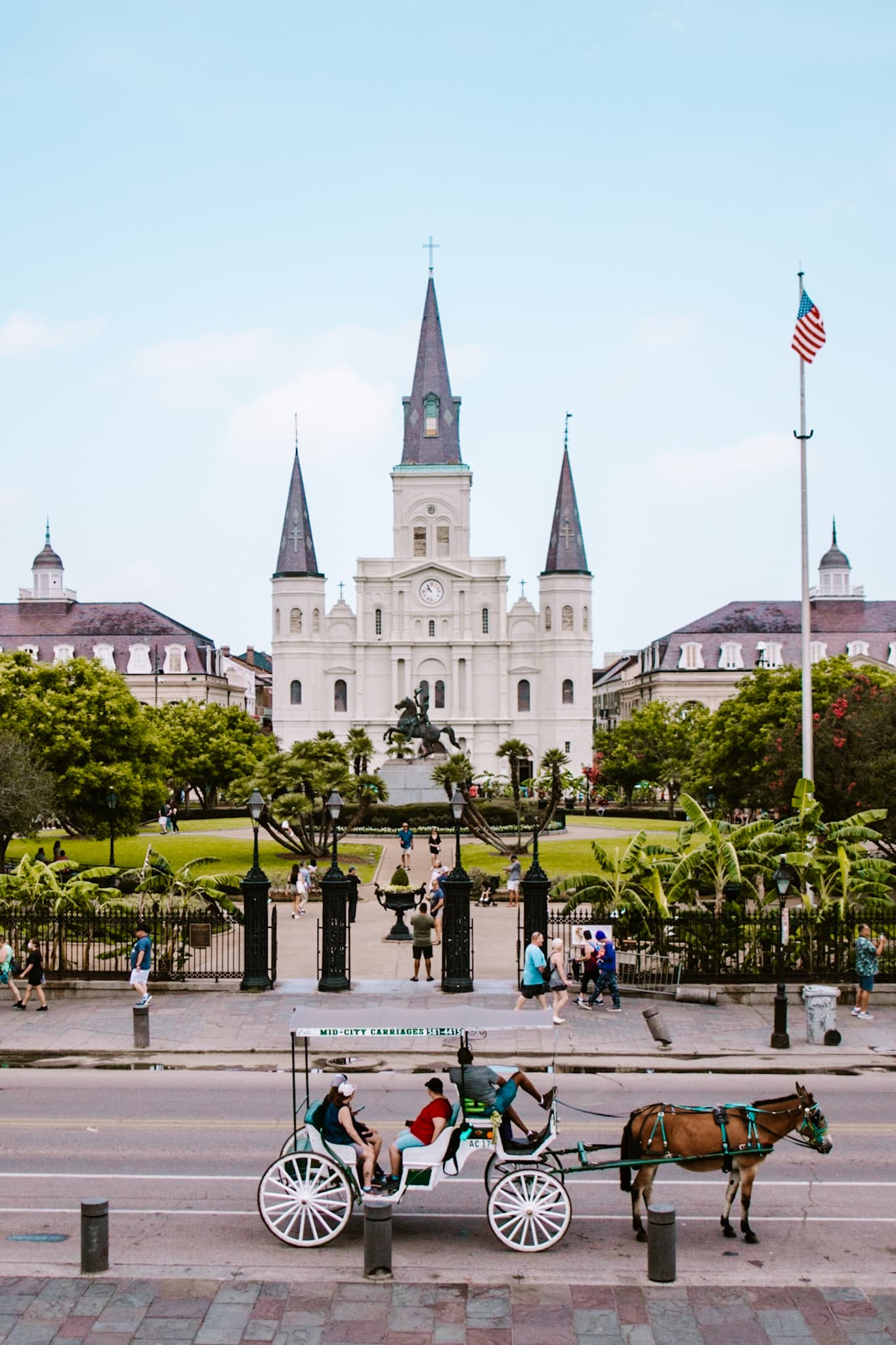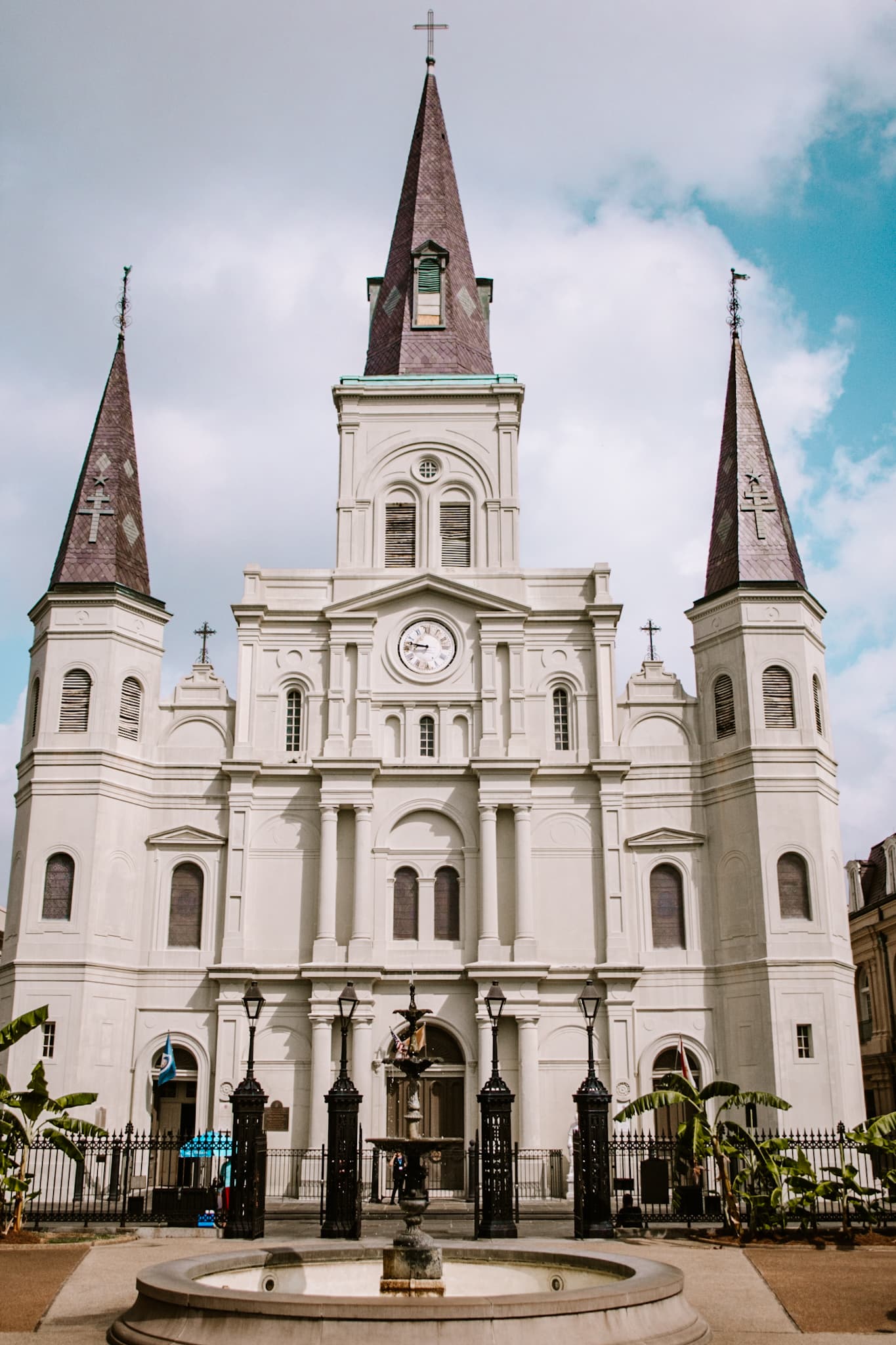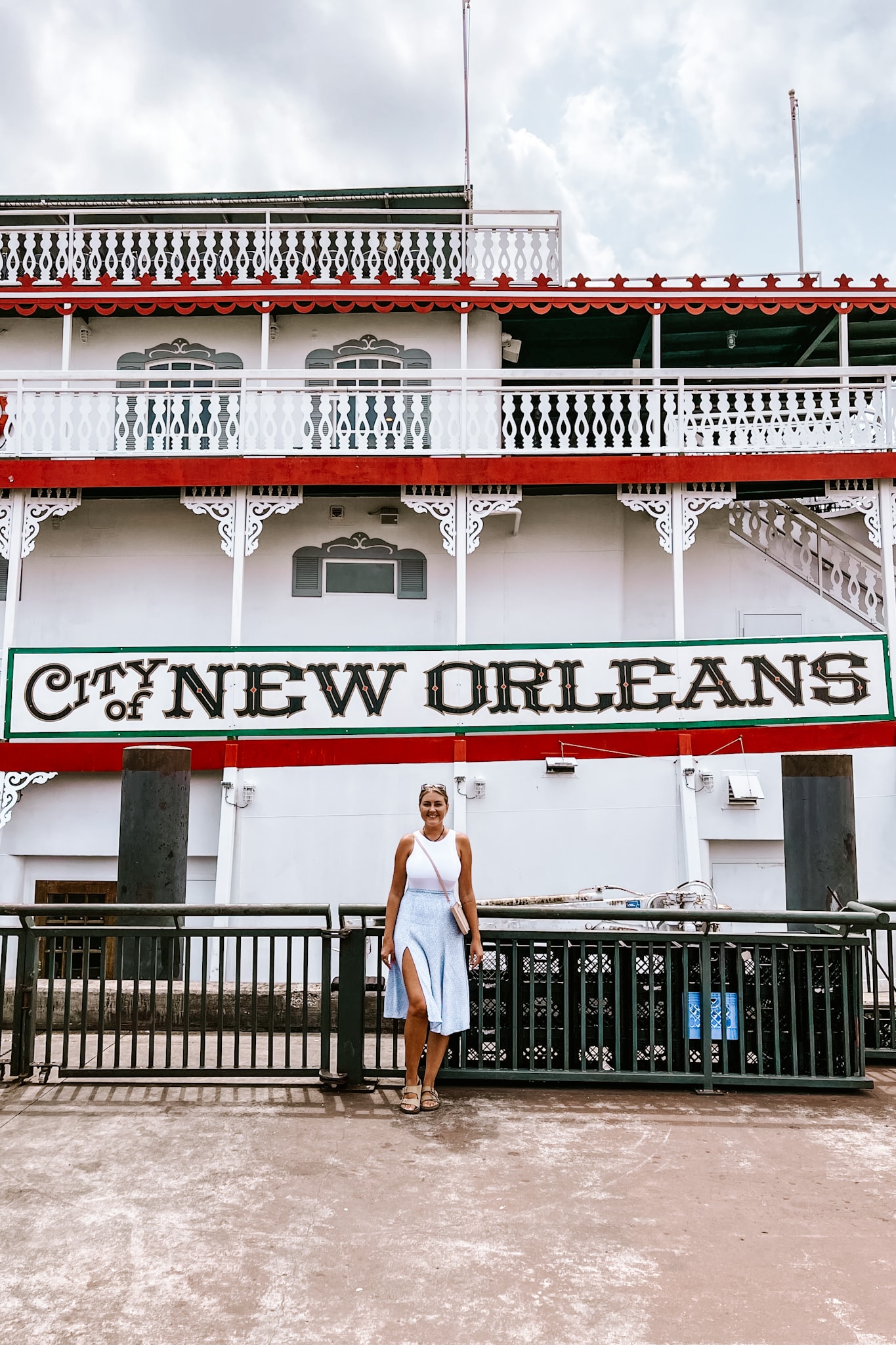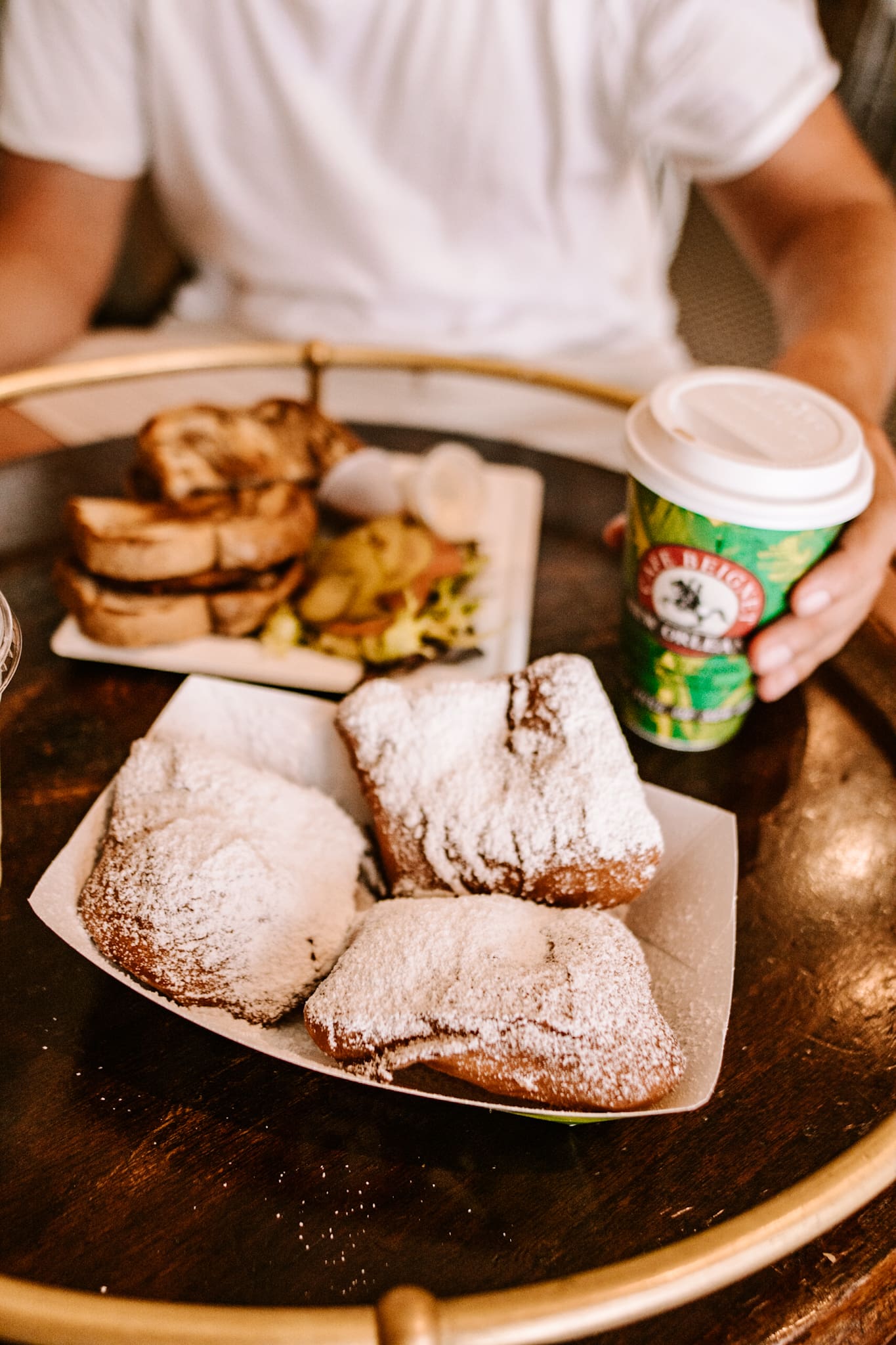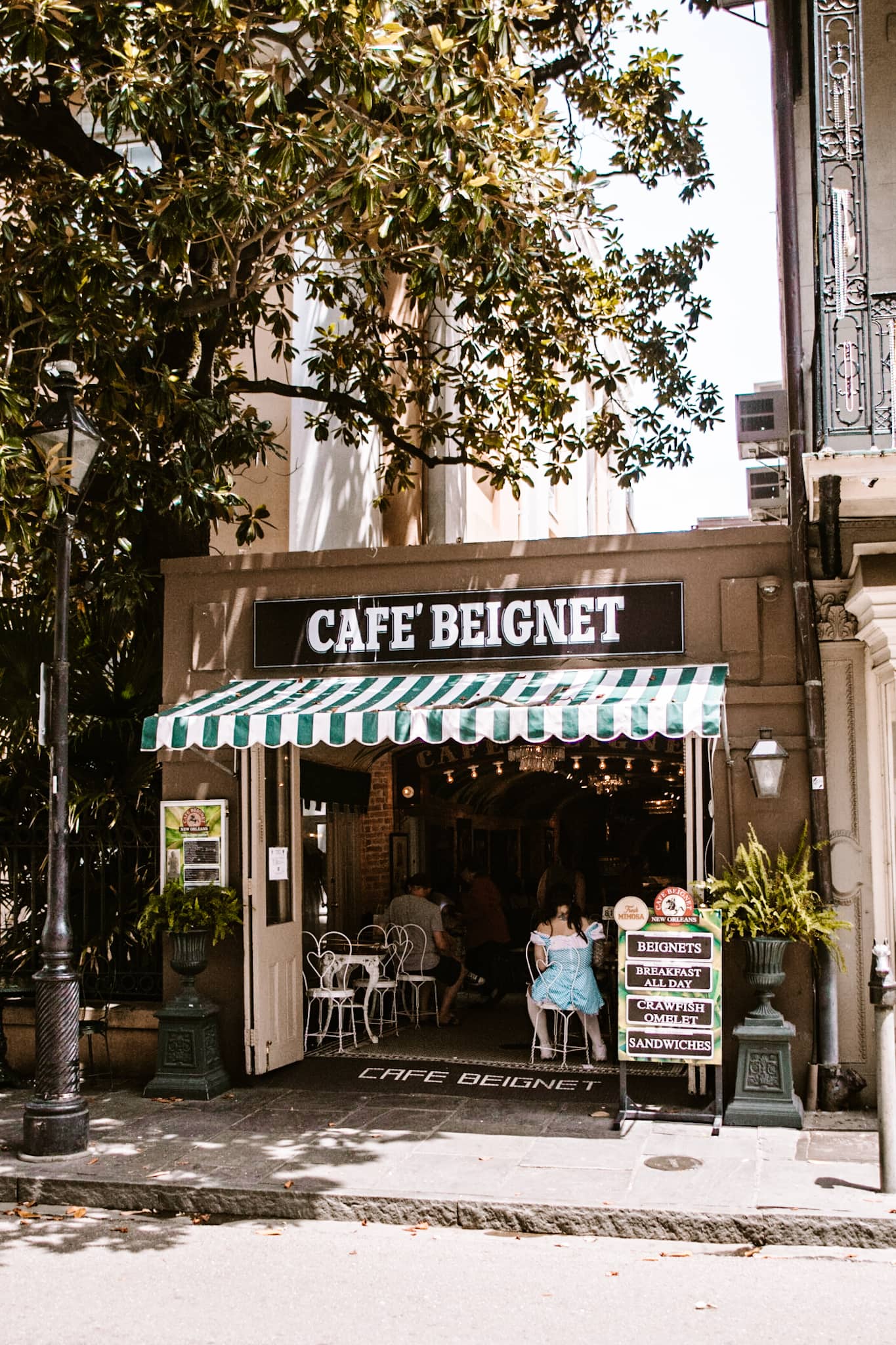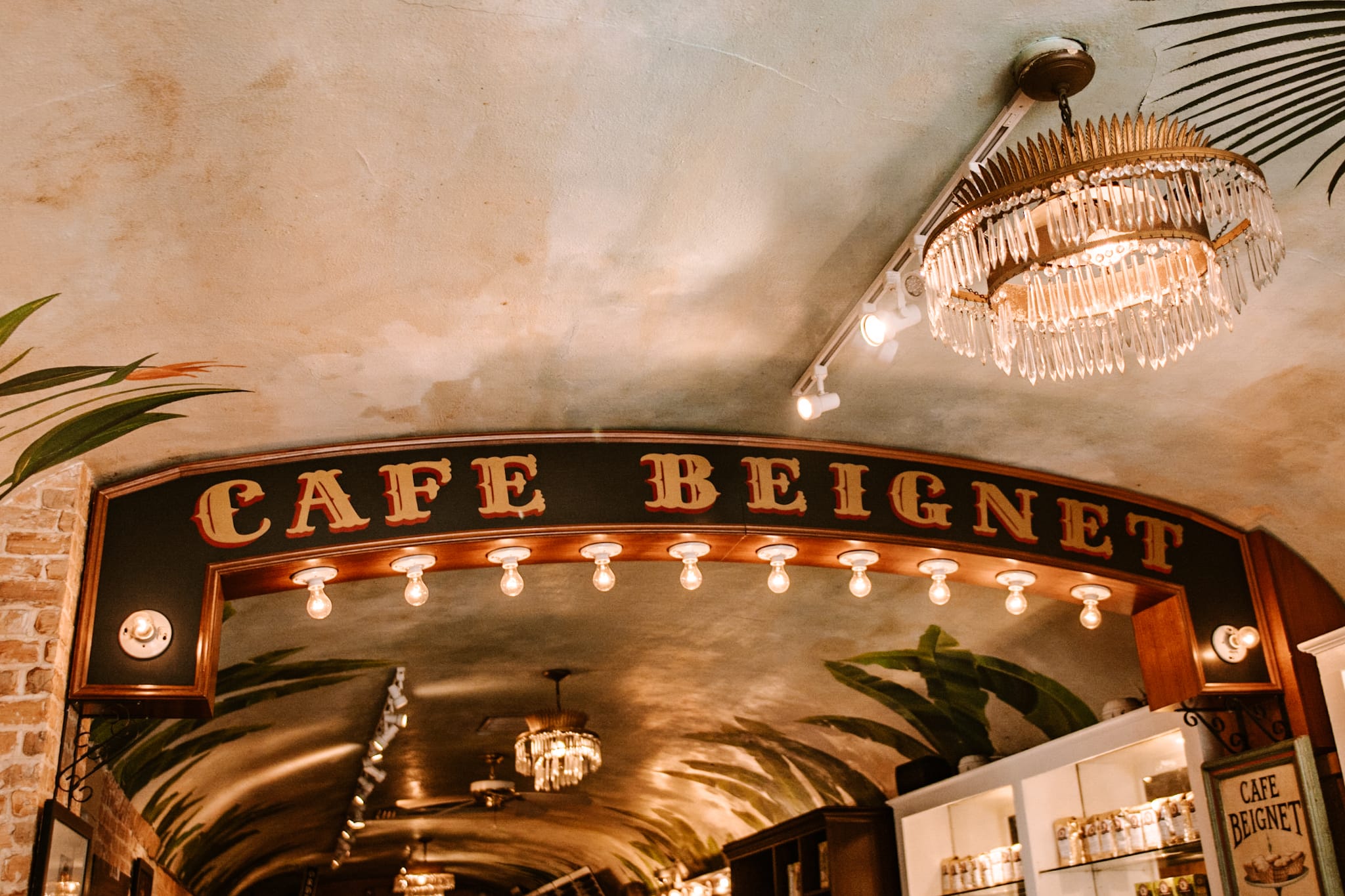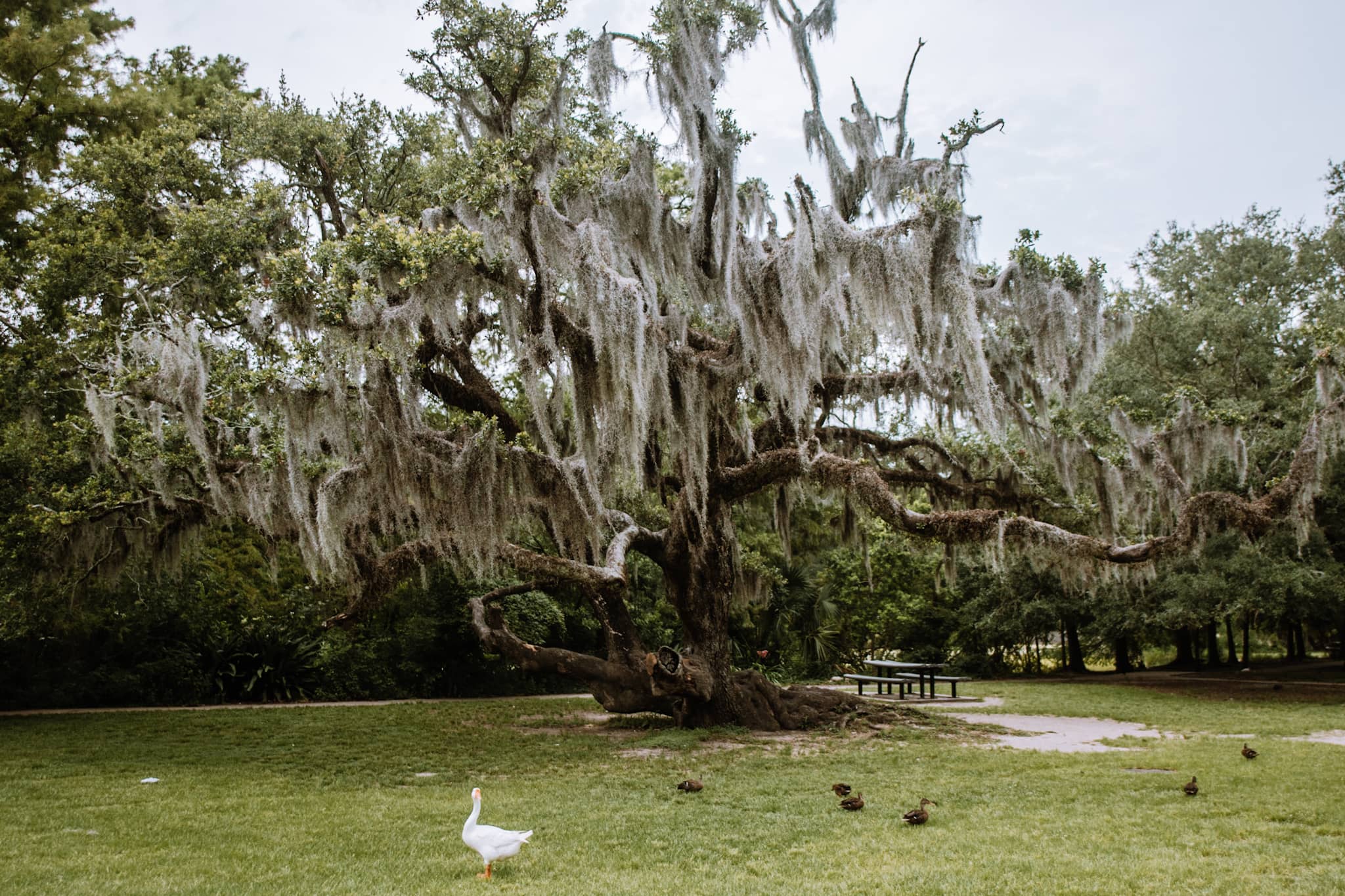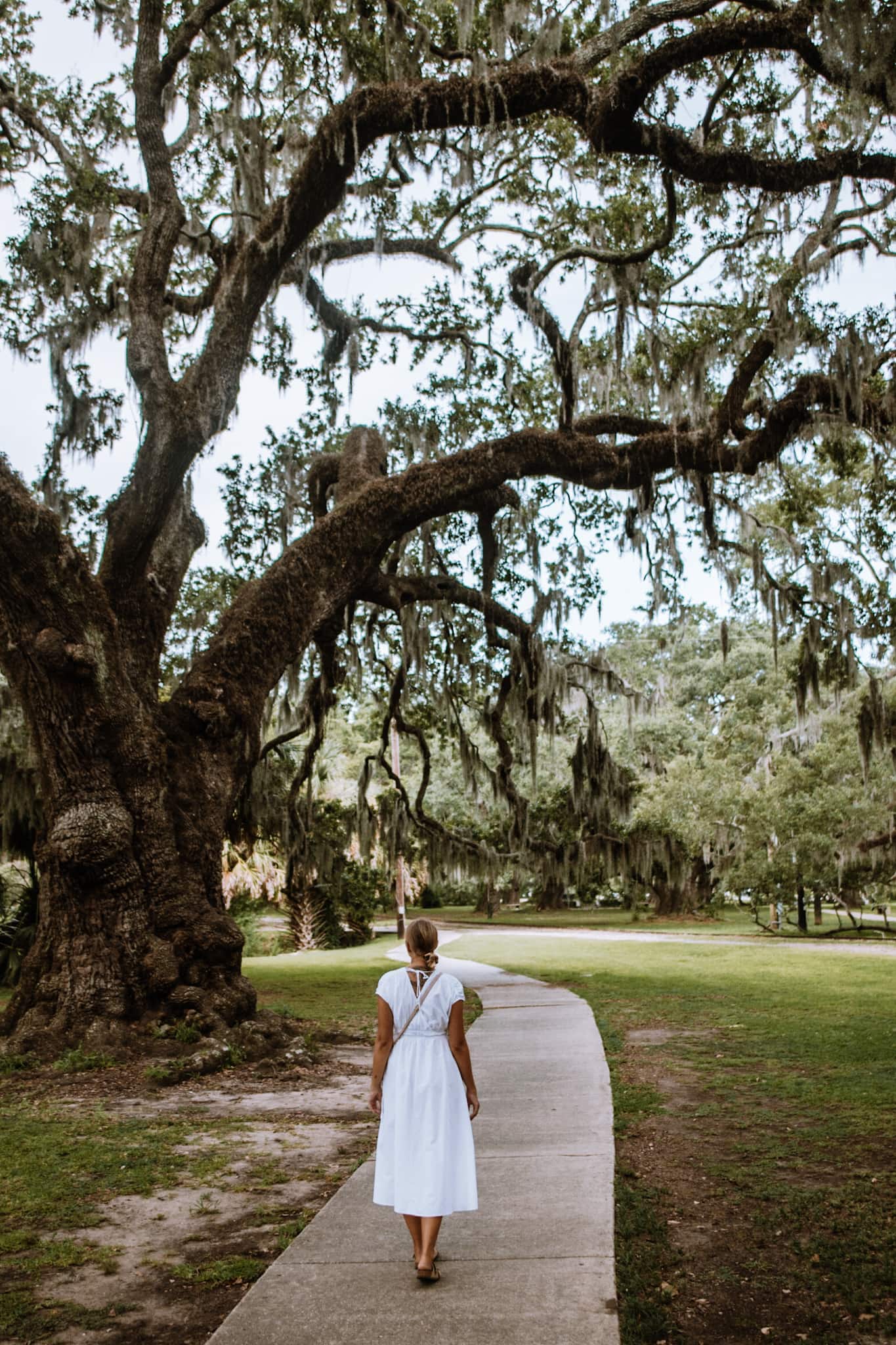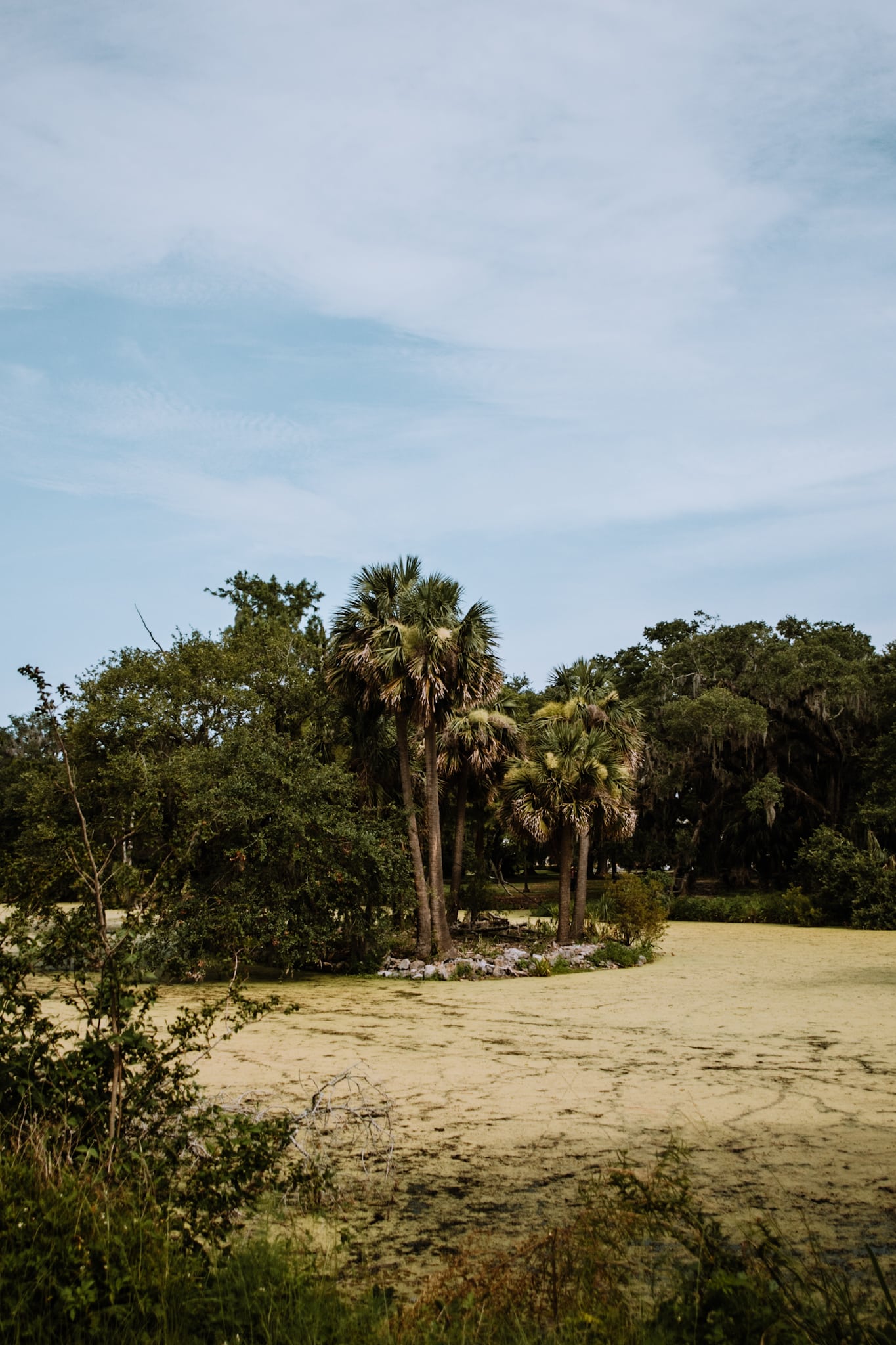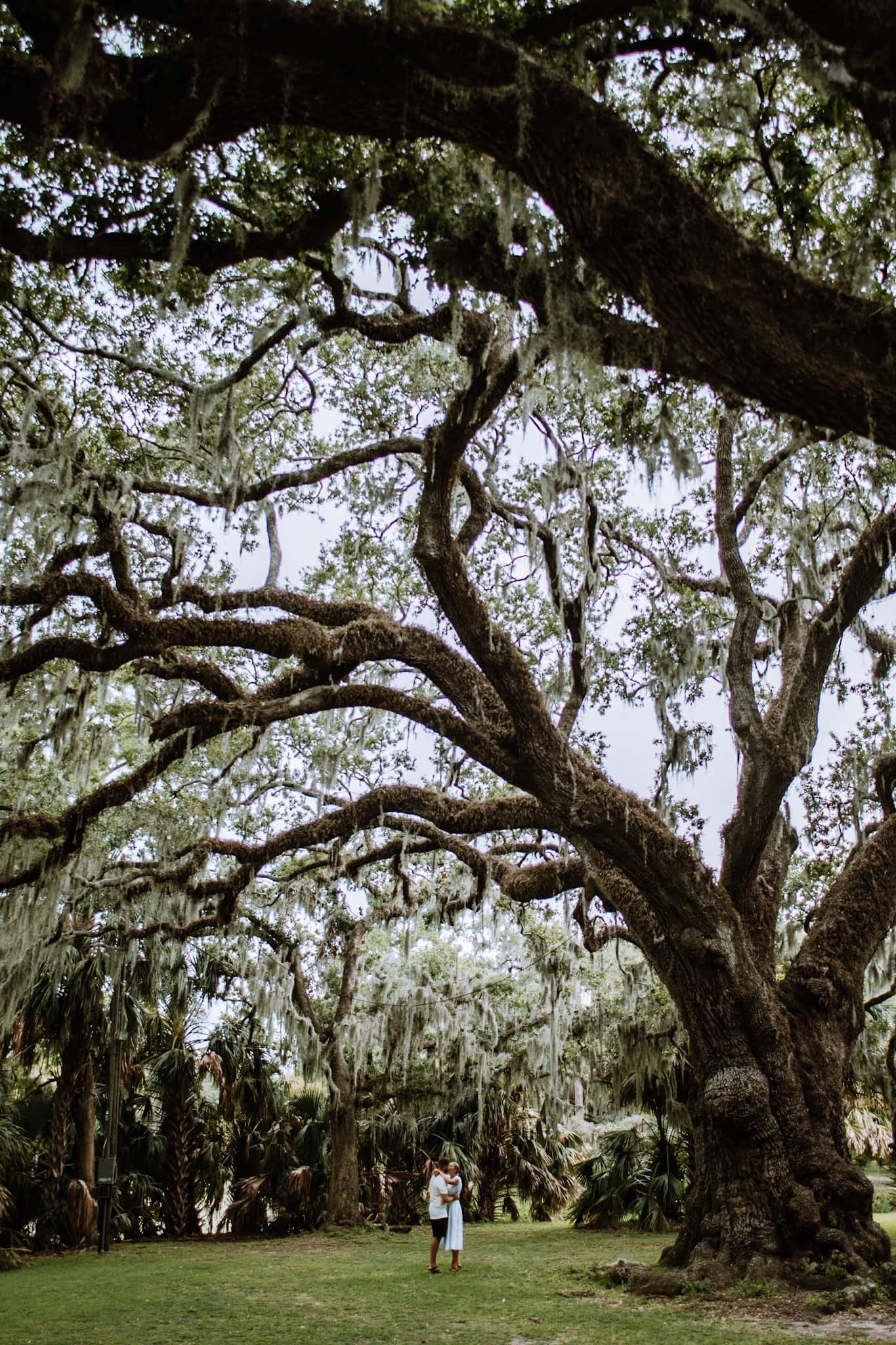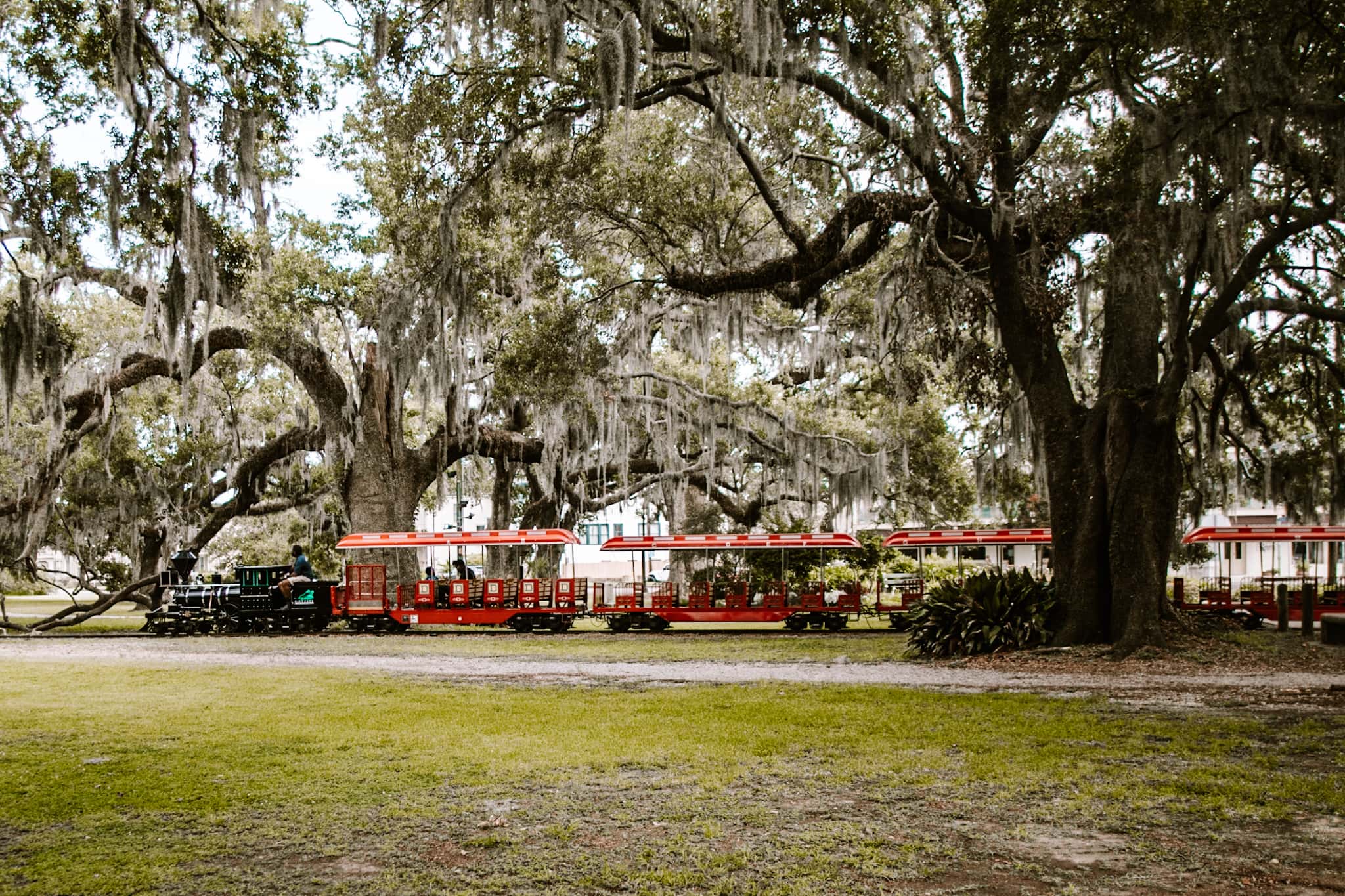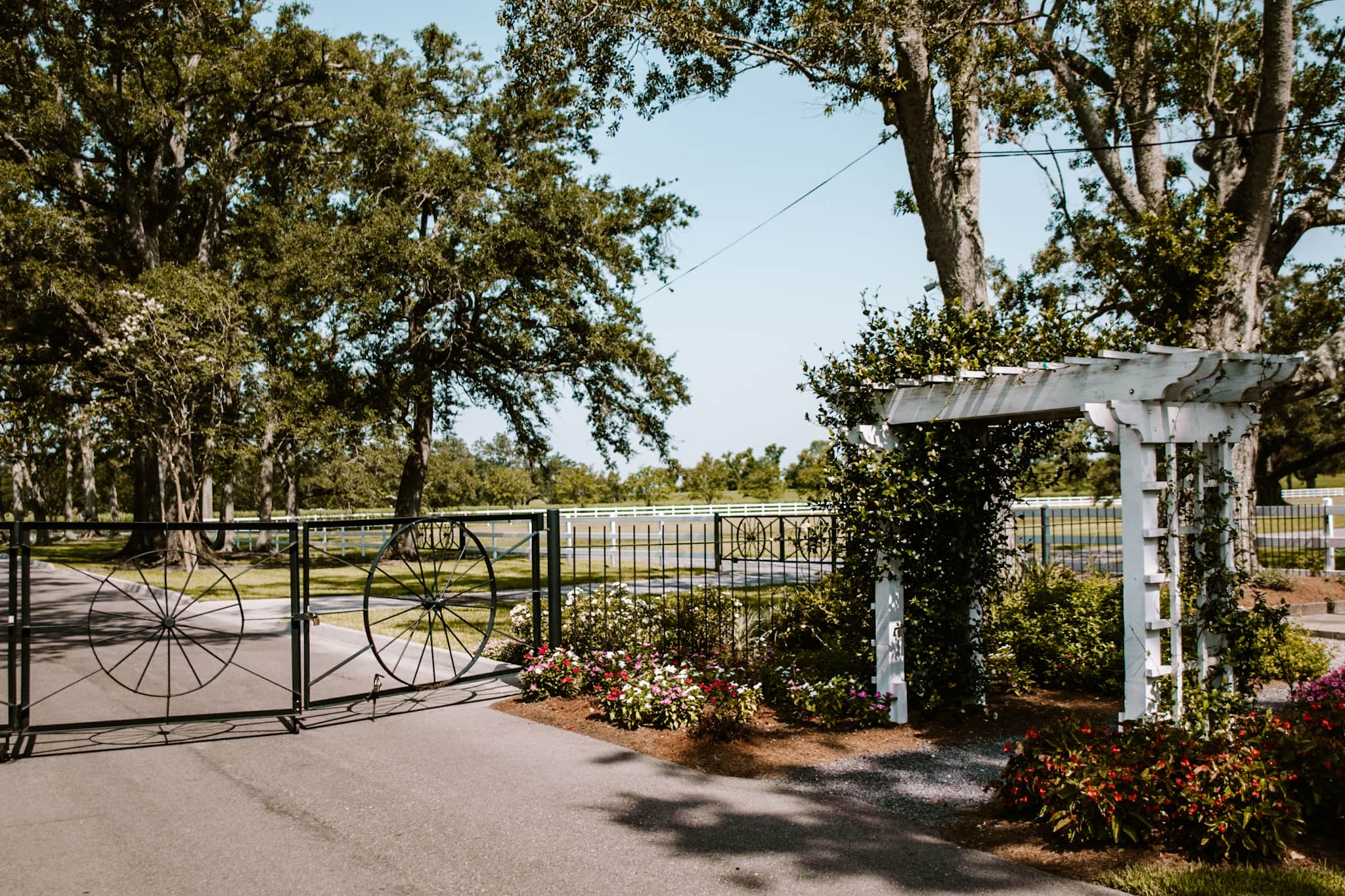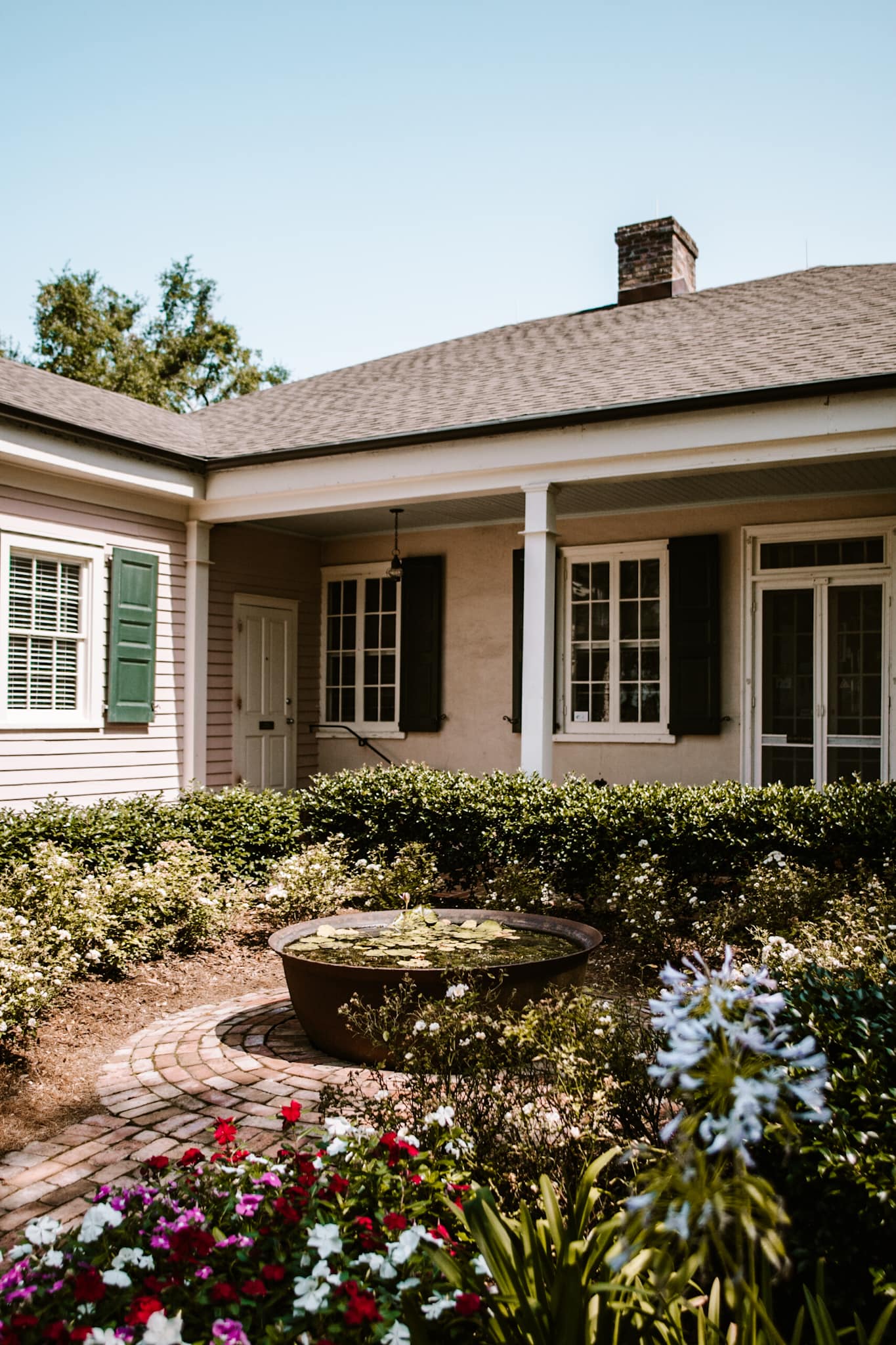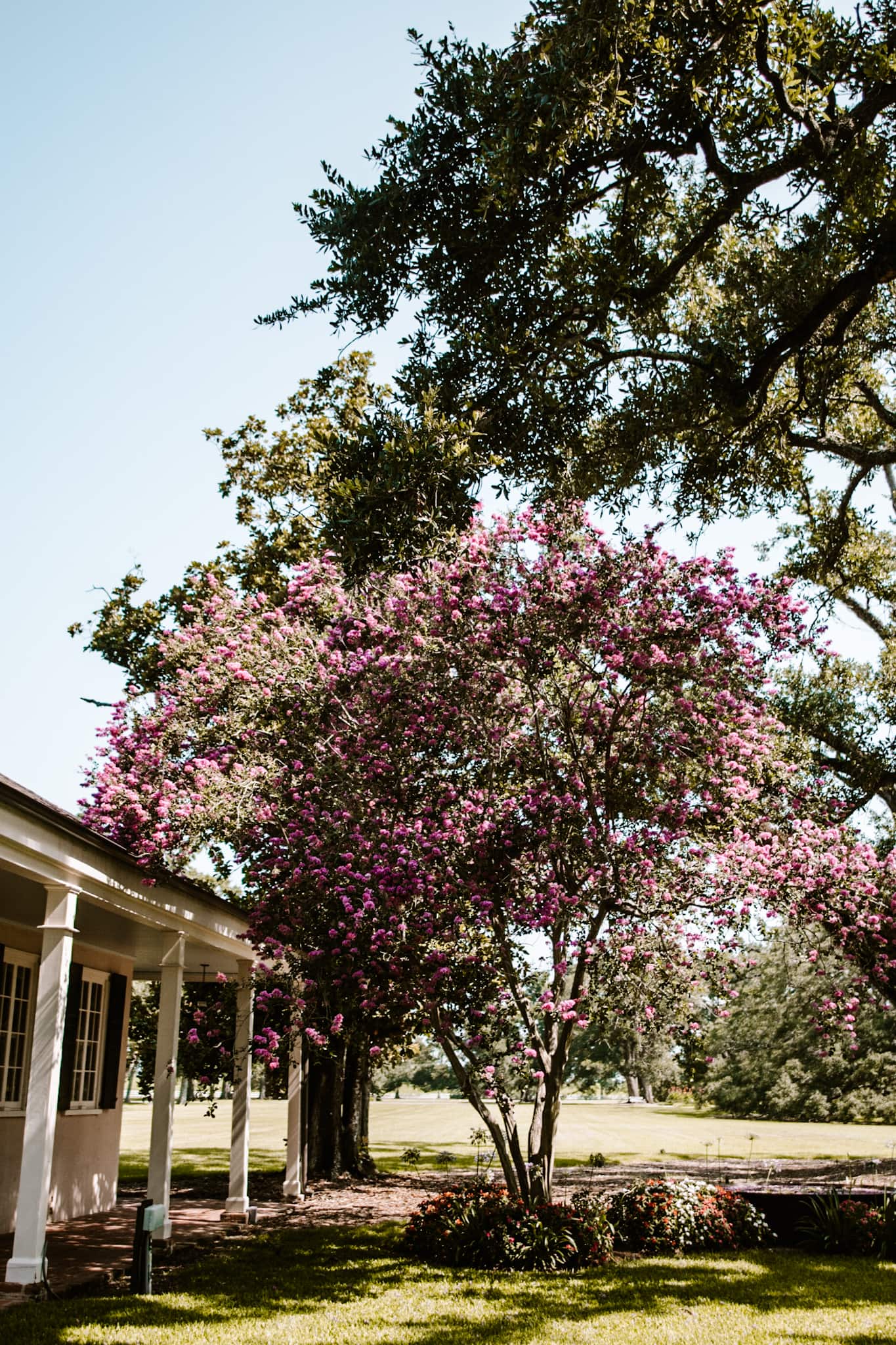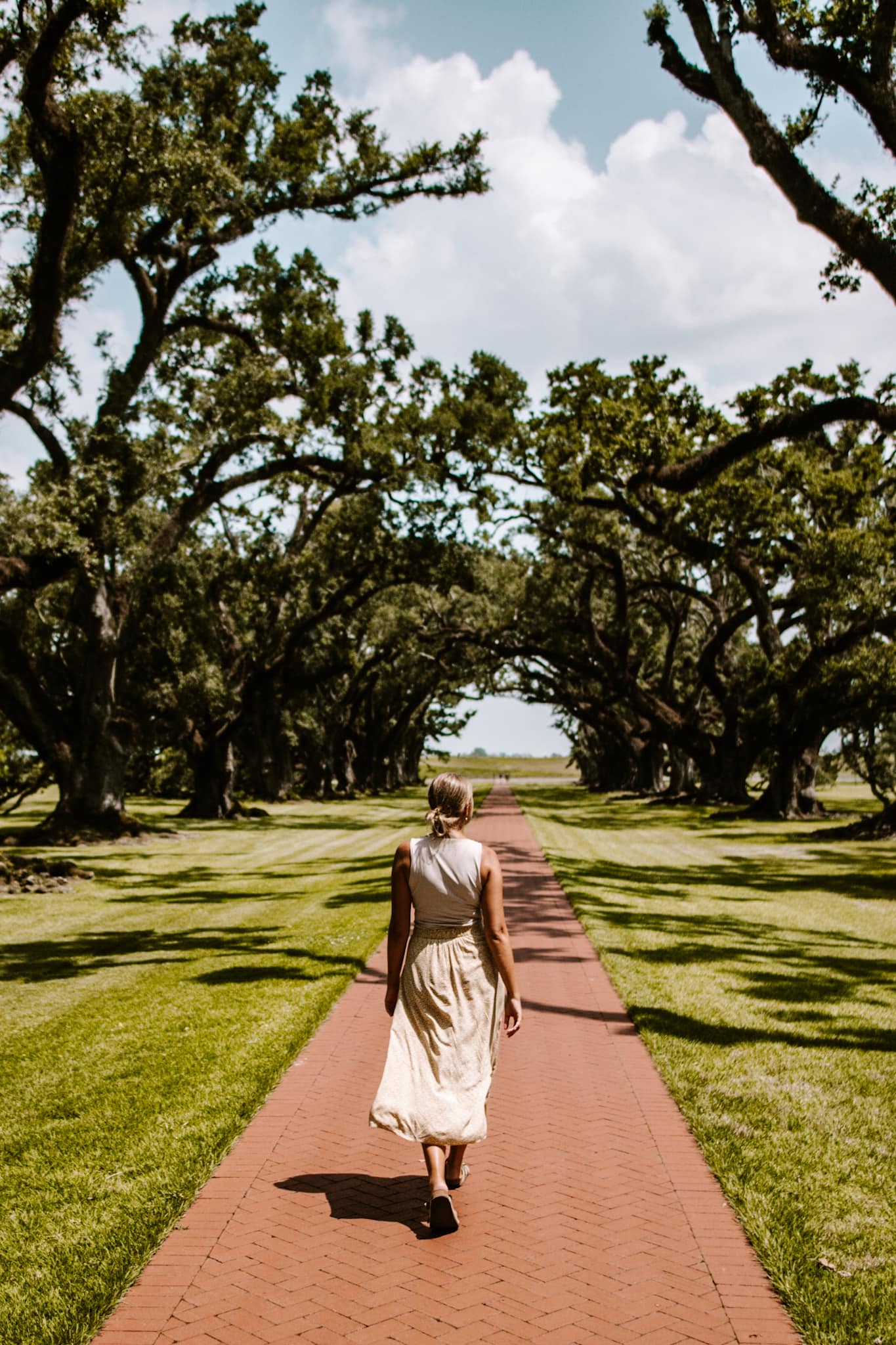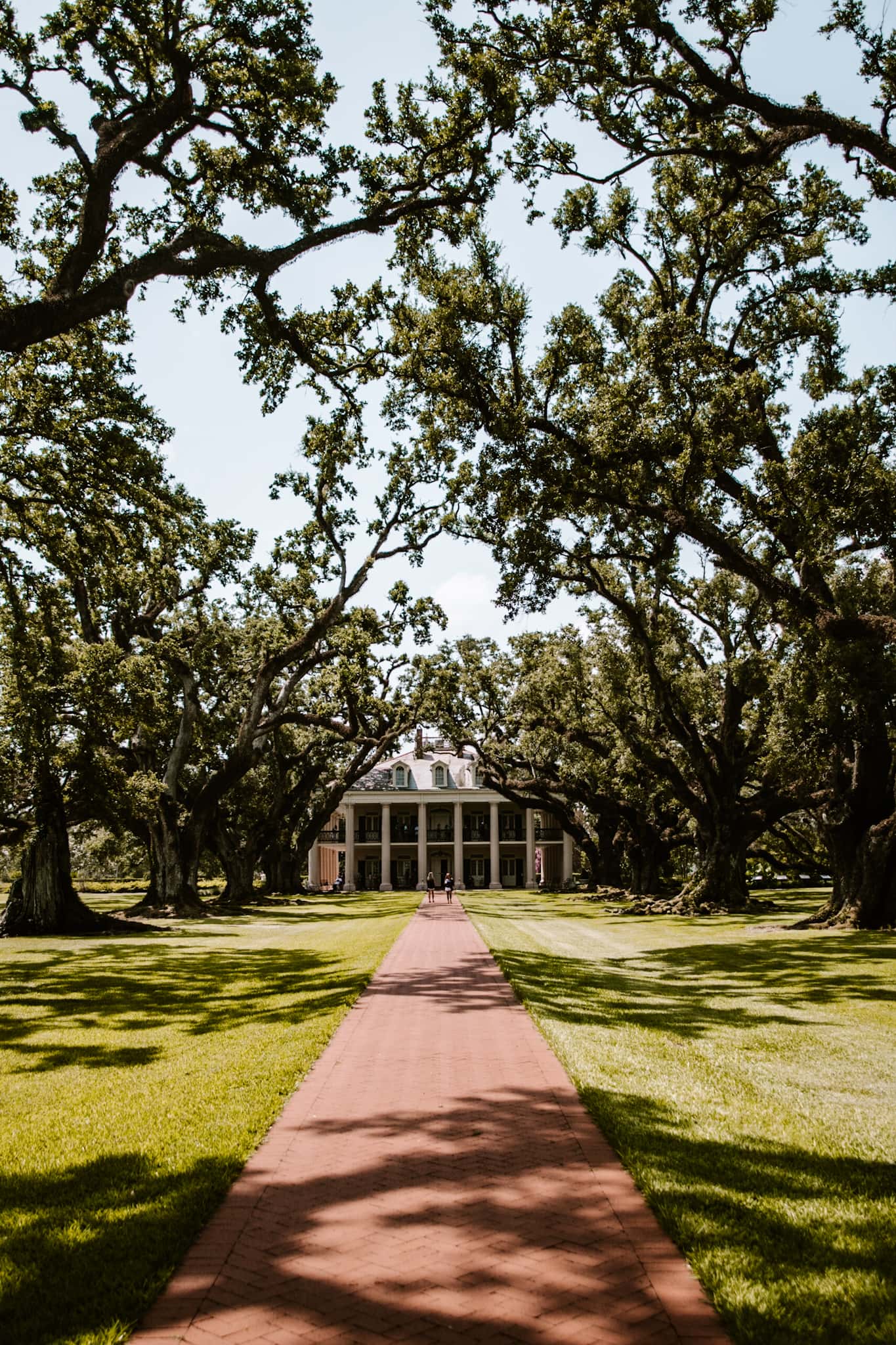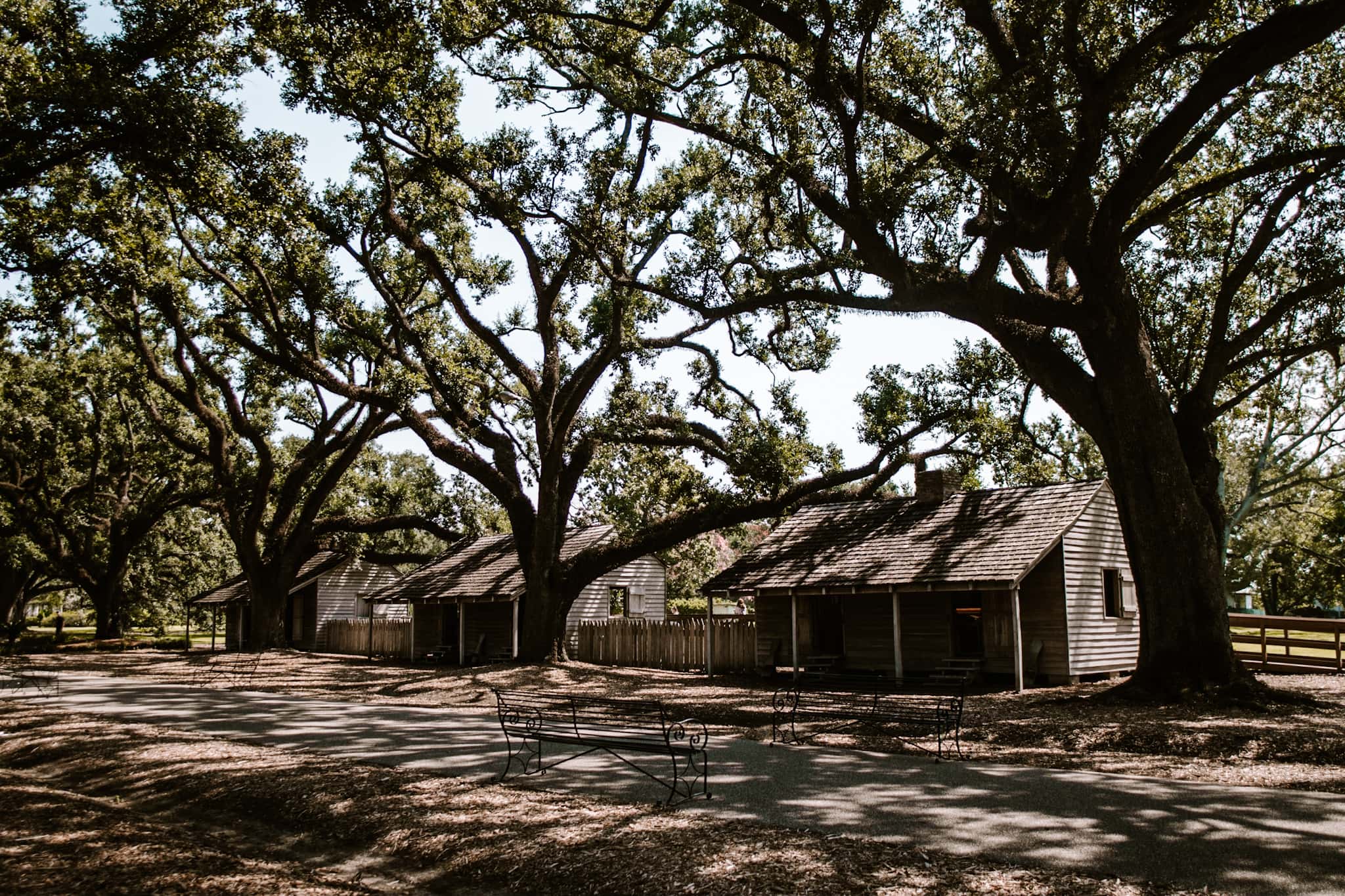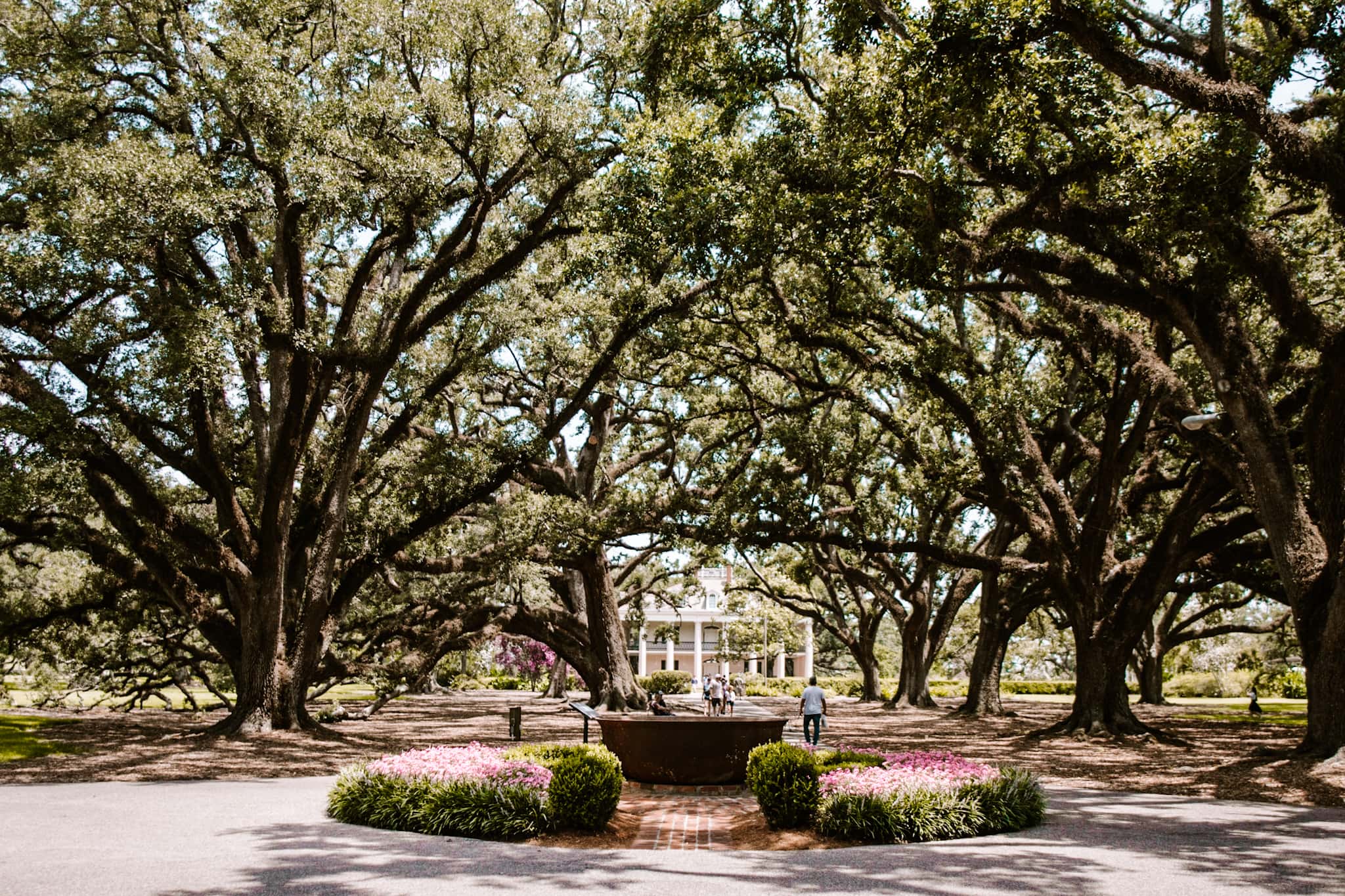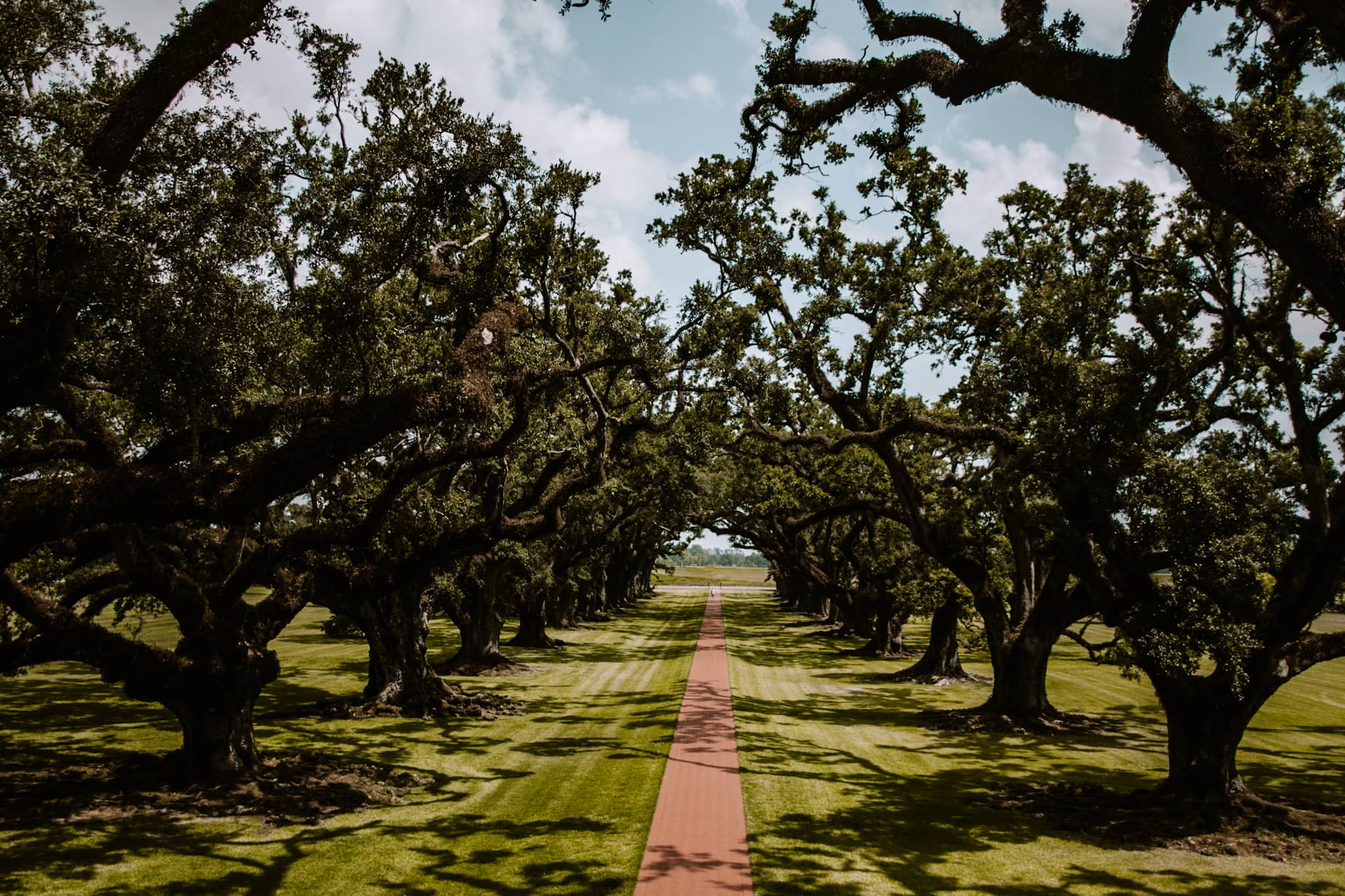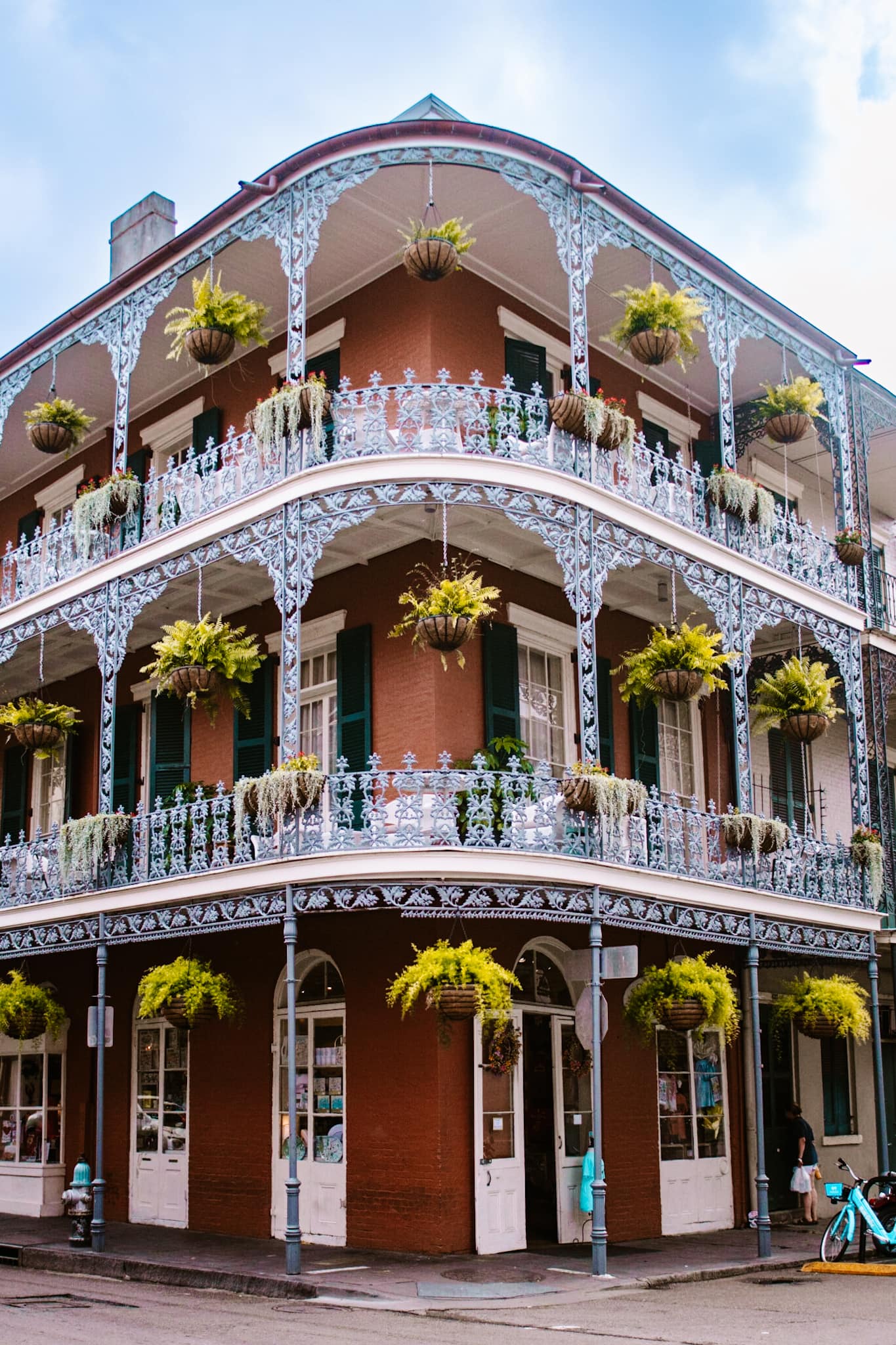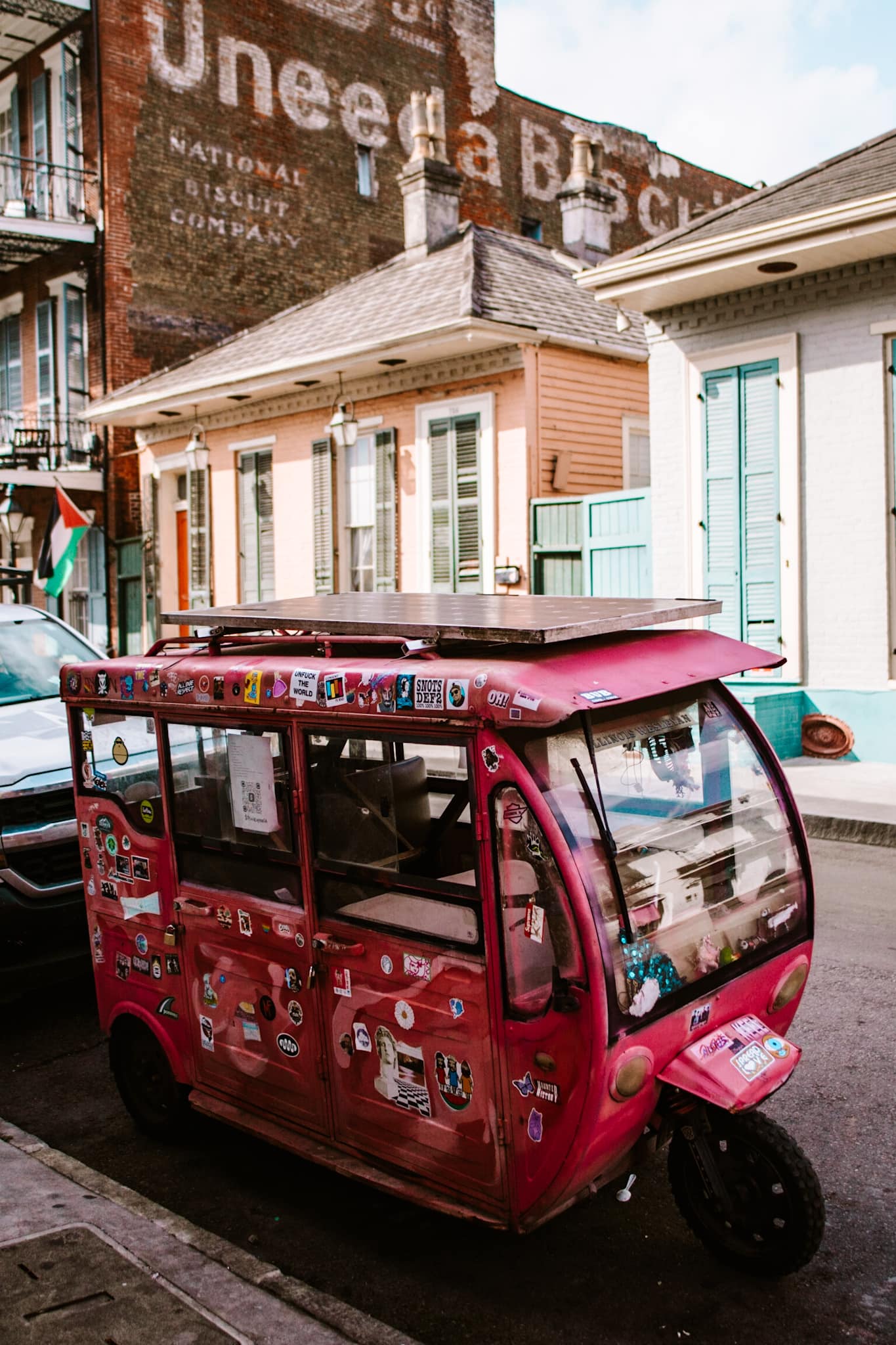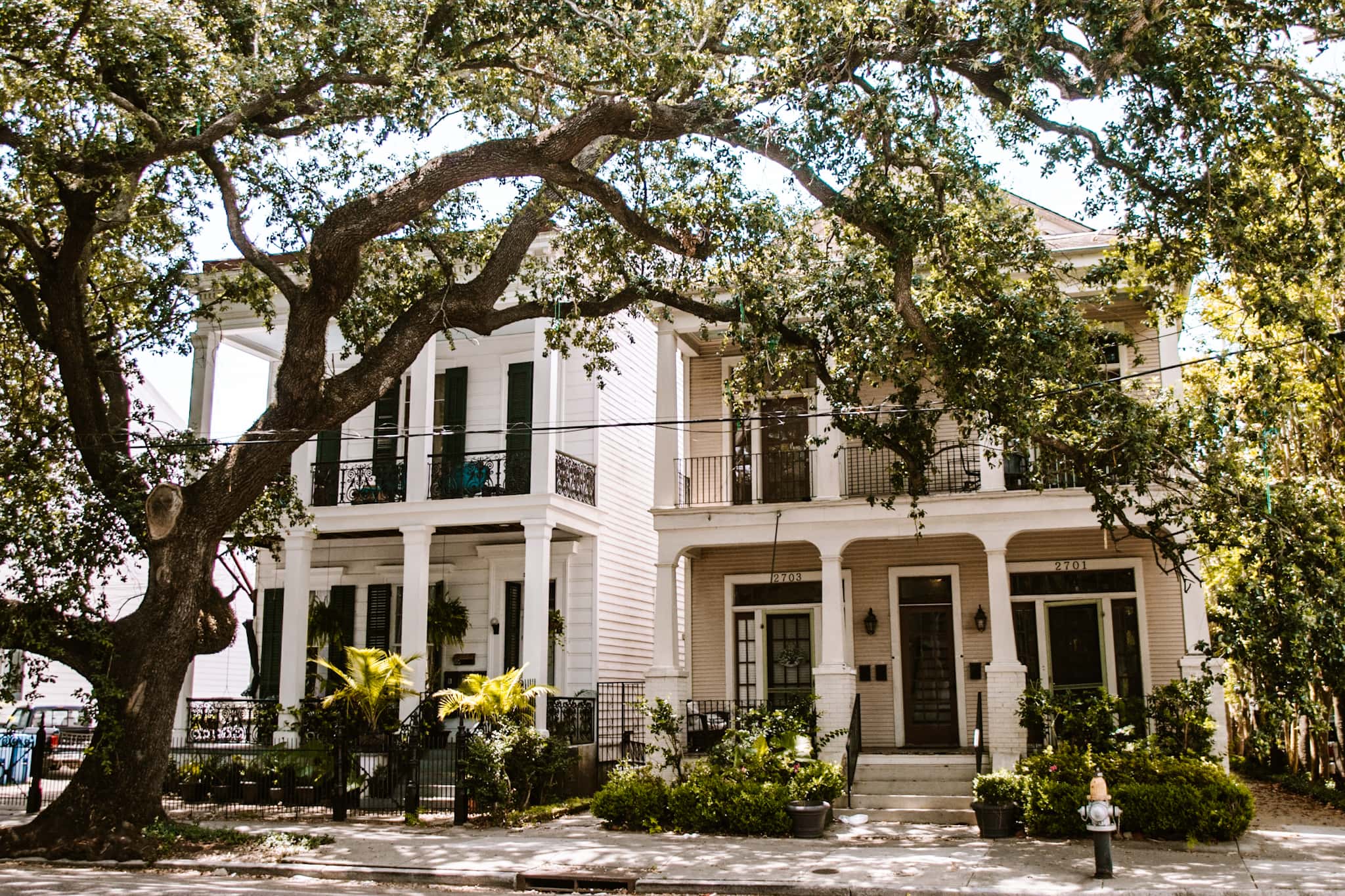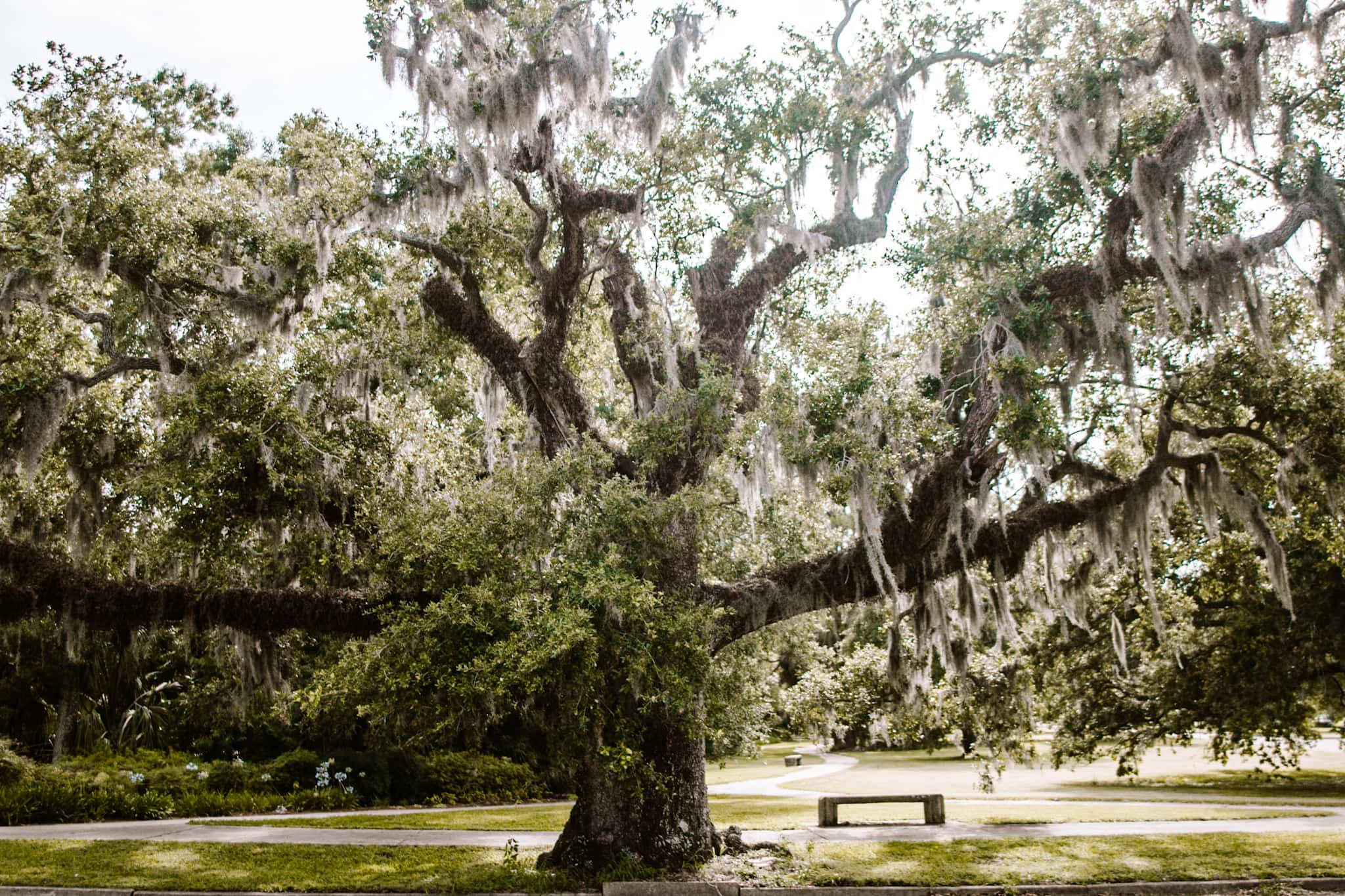#12 Oak Alley Plantation
A 200 year old plantation that was many things. A sugar cane plantation, a cattle ranch, a country home, a chicken farm. Also, the owners have changed over the years. Americans, Germans, Italians, Portuguese, French Creole, Congolese and Senegalese have walked the land at Oak Alley.
Today Oak Alley is a historical site, dedicated to preserving and interpreting each of these chapters, sharing the history of its inhabitants left behind.
This place is beautiful. Full of flowers, trees, huge oak trees and short mowed, incredibly green grass. It looks just perfect. But let’s not forget the sad past of this plantation.
The first family to inhabit the place, the Roman family, “owned” 220 slaves who lived in tiny wooden huts with several people per room. Food rations were small, so the slaves, although they had to work all day for the Roman family, had to grow their own vegetables and care for their animals after work. Otherwise they would have died of starvation.
It was thanks to slave labor that the “Big House” was built, the slaves first made bricks and then built a house for the Roman Family. The house is huge, it has 28 columns in a circle, 28 Oak trees grow in front of the house. It took the slaves only three years to build this house.
The history of this place is truly fascinating and during a trip to New Orleans, it is an absolute must-see. The Oak Alley Plantation Tour was great, for which we paid $70 incl. tax!
If you have a rental car you can get to Oak Alley on your own. Entry to the plantation plus a tour of the “Big House” costs $28, or $25 without the “Big House”.
We strongly recommend you the option with the “Big House”. You will learn a lot of interesting facts about the first and last family living in Oak Alley. You will see how the owners of the estate lived and you will be able to compare with the living conditions in the slave houses, which you can also visit on the plantation.




